Among the London area heathland courses that are the sole work of H.S. Colt (so not including Sunningdale’s Old Course), Swinley Forest is usually considered the best. Colt referred to it as his ‘least bad course,’ which, given that he was an Englishman who went to Cambridge, is Muhammad Ali-level self-promotion.
Whether or not the modesty was faux, it’s hard to argue with Colt. The course is the real deal. I do think that it takes a few holes to get going. There were a few times in the first six holes when I was wondering what all the fuss was about. But once I reached the seventh tee, there were no more questions. The middle six holes (7-12) compete favorably with the middle stretch on Sunningdale’s Old Course for the best six hole stretch that I played in England. It has some of the quirk of the Old’s middle six with two uphill (one blind) holes and possibly the two best long par 4s that I’ve seen. And while not as brilliant as the middle of the course, the finish is as solid as you could want. Like so many of the other English courses with par<70, Swinley Forest (6,430 yards, par 69) plays like a championship course.
It was clear at the time of my visit in July 2018 that the club had been taking some measures to ‘improve’ the golf course, adding back tees and heather-covered mounds around several of the greens. I guess that it’s possible that the heather-covered mounds were a restoration of the original design, but I doubt this. It struck me as part of a trend that I’d seen at other heathland courses to frame everything with heather, a lot of which I think is unnecessary. There’s good balance in Colt’s green sites. As he liked to do, several are benched into or perched on the edge of hills and misses leave difficult pitches. Other greens are on more modest ground and the shaping is simple for a reason: these green sites (1,3,6,14) balance out the more challenging ones (4,7,9,17). Adding mounds around some of the simpler green sites disrupts the balance that Colt built into the course.
Even more concerning are pictures that I’ve seen of the course since my visit. It looks like the club has completely redone the bunkering on the famous par 3 seventeenth and added mounds/heather to the left side of the seventh green. I’m a bit worried that with these alterations, the club may be inadvertently testing the robustness of Colt’s famous statement.
Swinley Forest starts with a hole that wouldn’t be out of place at the beginning of a Ross course: a ~400 yard, wide open par 4. The bunker on the right is about 300 yards from the tips, but would definitely come into play for longer hitters in these perfect summer conditions. The green is open in front and modest; anything in/near the fairway leaves a straight-forward approach. The bunker left is about 30 yards short of the green.
Whether or not the modesty was faux, it’s hard to argue with Colt. The course is the real deal. I do think that it takes a few holes to get going. There were a few times in the first six holes when I was wondering what all the fuss was about. But once I reached the seventh tee, there were no more questions. The middle six holes (7-12) compete favorably with the middle stretch on Sunningdale’s Old Course for the best six hole stretch that I played in England. It has some of the quirk of the Old’s middle six with two uphill (one blind) holes and possibly the two best long par 4s that I’ve seen. And while not as brilliant as the middle of the course, the finish is as solid as you could want. Like so many of the other English courses with par<70, Swinley Forest (6,430 yards, par 69) plays like a championship course.
It was clear at the time of my visit in July 2018 that the club had been taking some measures to ‘improve’ the golf course, adding back tees and heather-covered mounds around several of the greens. I guess that it’s possible that the heather-covered mounds were a restoration of the original design, but I doubt this. It struck me as part of a trend that I’d seen at other heathland courses to frame everything with heather, a lot of which I think is unnecessary. There’s good balance in Colt’s green sites. As he liked to do, several are benched into or perched on the edge of hills and misses leave difficult pitches. Other greens are on more modest ground and the shaping is simple for a reason: these green sites (1,3,6,14) balance out the more challenging ones (4,7,9,17). Adding mounds around some of the simpler green sites disrupts the balance that Colt built into the course.
Even more concerning are pictures that I’ve seen of the course since my visit. It looks like the club has completely redone the bunkering on the famous par 3 seventeenth and added mounds/heather to the left side of the seventh green. I’m a bit worried that with these alterations, the club may be inadvertently testing the robustness of Colt’s famous statement.
Swinley Forest starts with a hole that wouldn’t be out of place at the beginning of a Ross course: a ~400 yard, wide open par 4. The bunker on the right is about 300 yards from the tips, but would definitely come into play for longer hitters in these perfect summer conditions. The green is open in front and modest; anything in/near the fairway leaves a straight-forward approach. The bunker left is about 30 yards short of the green.
The short par 4 second features an up-and-over blind drive so typical of English courses. The fairway jogs to the right but slopes right-to-left, so it’s important to start your drive up the right or hit a fade. The approach is downhill over a creek to a big, fairly flat green with interesting, original looking earthworks short left and right and what look to be newer (the heather and turf appeared to be newly planted) and less appealing mounds behind the green.
The drivable par 4 third is quite modest. It isn’t the widest fairway, but there isn’t a lot of trouble around it. There also isn’t much trouble around the bunkerless green, although short grass-covered mounds at the front left and right plus gradual tilt to the back make approach shots tricky if you haven’t left yourself a good yardage.
Much less modest is the famous par 3 fourth. This is a classic Colt par 3 with its green benched into a hill and diagonal fronting bunkers. I’ve seen it called a redan but I don’t think that that’s right because while the green angles from front-right to back-left, the back-left is the highest point and there are no mounds at the front-right to feed your ball onto the green. But that doesn’t matter; it’s still a beautiful—and very tough—hole.
Five is a modest length par 5 but I found it to be tricky because the fairway slopes toward the bunkers on the right, ~230-265 from the tee. If you hit the fairway, it’s no trouble to carry the pond and creek 100 yards short of the green. This green also appeared to have gotten the recent mounds-and-heather treatment although I thought that the work here blended in a bit better with the surroundings than that on two.
Six is a flat long par 4 where diagonal rough/heather up the left side is the primary driving hazard. The approach to the green is a bit deceptive as both bunkers are set a few yards short of the putting surface. I thought that the shaping on and around this green was excellent—modest, but enough to be interesting.
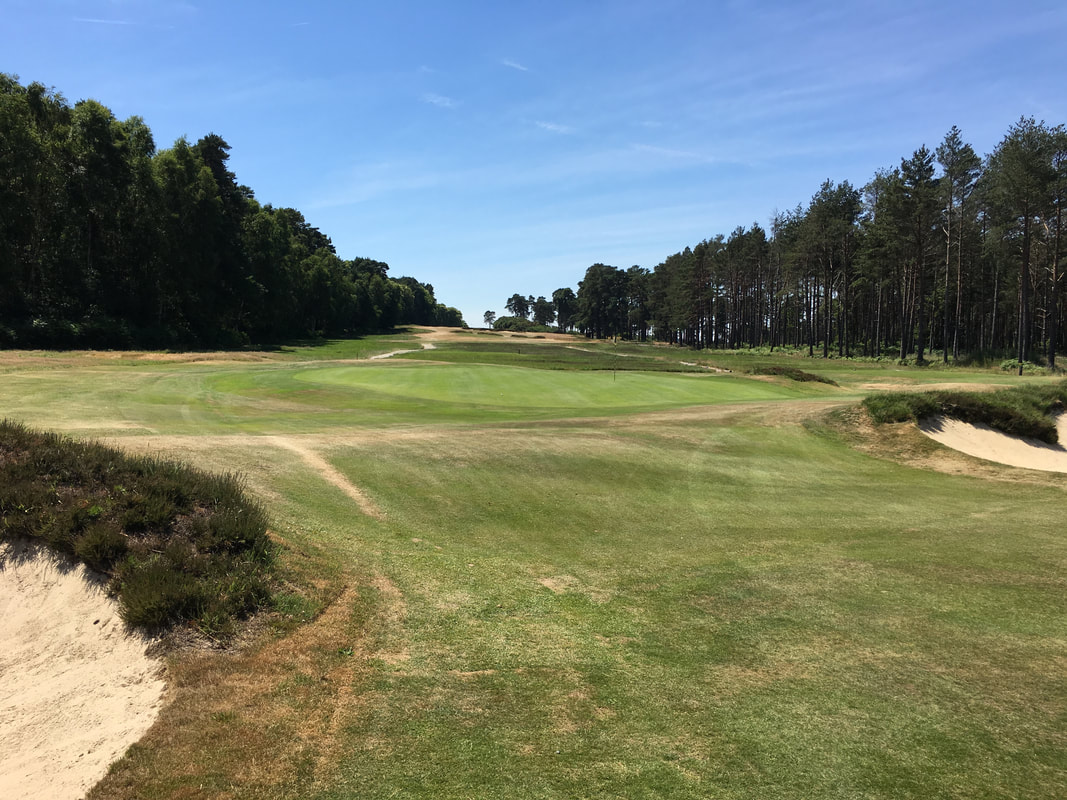
...is deceptive because Colt built a ridge short of the green into which he placed bunkers. This was one of my favorite green complexes on the course because of that, some of the best green contours that I've seen on a Colt course, and the green's simple immediate surroundings. I hope that the club doesn't add any heather-covered mounds around this green.
The first six holes are solid but with the exception of the par 3 fourth, nothing too special. That mix of solid/special is inverted for the next run of six holes. The medium-long seventh was one of my favorite holes in England. The drive is gradually uphill and if you’re playing the back tees, the fairway is interrupted at about 280 by three heather-covered ridges. You’ll want to the high left corner to shorten the approach and improve the angle.
The approach is all-England, both in style and greatness: uphill and blind over a large crossing bunker. Unless you’ve hit a poor drive or hit a very poor second, the bunker shouldn’t come into play as it’s 40 yards short of the green. But appropriately given the difficulty of the shot, there isn’t any other trouble short of the green. There’s big trouble right in the form of bunkers and—at least in 2018—rhododendrons right of the green.
Since my visit, the club has removed the rhododendrons on the hill to the right of this green and added the heather-covered mounds left. The former change is a good one as a miss right before was a guaranteed lost ball. But the added mounds left are disturbing because that was the side on which to miss—a shot from over there was playable, yet tricky. Now misses left and right will both be penalizing. It’ll still be an excellent hole because you have a lot of latitude to miss wide if you’re short. But I liked the look of the minimal shaping and the trickiness-without-difficulty, so for me, it’s an unfortunate change.
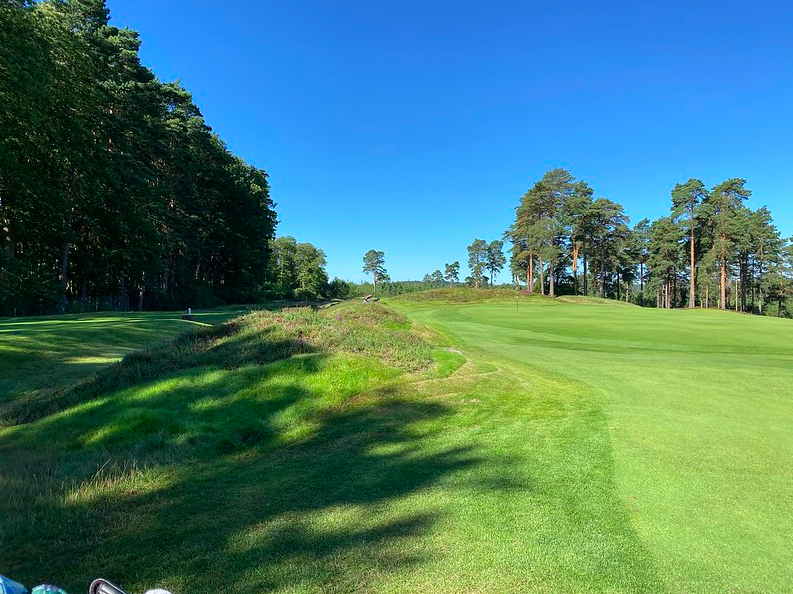
Here's the new mounded, heathery left and back of the seventh green. It doesn't look bad, but now the green is surrounded by difficulty, which I don't think that a hole that's so difficult from tee to green needs. Some of the balance in the hole has been lost. Image from https://www.golfclubatlas.com/forum/index.php/topic,68644.msg1646954.html#msg1646954
I’m not a big fan of the short par 3 eighth, with its very modern-looking (i.e. mound-surrounded) green. But the green itself is interesting and you can get yourself into all kinds of trouble if you miss right.
As much as I love the seventh, I think that the long par 4 ninth (~465) is even better. This must be one of the world’s best long par 4s. From the tips, it’s about a 235 yards carry over the bunker in the center-left of the fairway. If the course is soft and you can carry this bunker, the drive is no big deal. But if it’s firm, you have to be very careful not to run through the fairway into one of the heather-covered ridges on the right, the first being ~290 out.
While the hole doglegs left and a drive up the left shortens the approach, you want to drive it up the right—ideally as close to the heather-covered ridges as you can. That’s because the green is open at its front-right while the entire left side is covered with junk. Long is also terrible so it’s really important to err short and right here. This is tougher to do if you’re in the left side of the fairway because you’re playing into the narrower aspect of this area short of the green.
While the hole doglegs left and a drive up the left shortens the approach, you want to drive it up the right—ideally as close to the heather-covered ridges as you can. That’s because the green is open at its front-right while the entire left side is covered with junk. Long is also terrible so it’s really important to err short and right here. This is tougher to do if you’re in the left side of the fairway because you’re playing into the narrower aspect of this area short of the green.
n.b. This is another hole where the approach reminds me of that on the fifth at Pinehurst no. 2. I think that this hole is even better.
I’m a sucker for a long par 3 where you can run the ball onto the green and ten meets my criteria. The first bunker is about 30 yards short of the green. If you get something running at the right side of the green, there are small mounds that can feed your ball back onto it.
There are two sets of tee boxes on the short par 4 eleventh and this is one place where what I suspect is recent (or at least post-Colt) work is an improvement. Tom Doak’s yellow Confidential Guide listed this hole as 277 yards, which is the teeing ground right behind the tenth green. I suspect that this is the original tee. From here the hole is straight-away, flat, and only modestly interesting due to bunkers.
But now there’s a second teeing ground about 60 yards back down a hill. This creates another of the English uphill, blind drives that I love so much. And there’s just the right amount of visual cue here—you can see the top of the first fairway bunker, which is about a 200 yard carry. But there are two more blind fairway bunkers, one ~235 on the right and another on the left ~225 out. A long hitter could blast it over all of these and go for the green, although there are two more bunkers ~30-50 yards short of the green on the right. For the rest of us, it’s very demanding driving hole.
As brilliant as the ninth hole is, the S-shaped, long par 4 twelfth may be even better. The drive is semi-blind over a topped-shot bunker but you can just make out the principal challenges: bunkers right and left, about 250 and 275 yards from the back tee respectively. This was a very tough driving hole in these conditions because anything straight would end up in the right bunker (or right of it as I found…) and anything with a draw would likely run into the left bunker. A draw is important because the trees are tight to the line of play on the left.
The approach to the green is in the small handful of best par 4 approach shots that I’ve seen. After bending left in the driving zone, the hole now bends back right, with a long diagonal bunker up to 30 yards short of the green. But if you’ve hit a shorter drive, you can use the heaving contours short and left of the green to feed the ball onto the green (at least when it’s firm like this). The ridges short of this green reminded me of a links course.
The appealing mid-length par 3 thirteenth has a small green fronted by three big bunkers. It also features a new (and less appealing) asphalt cart path.
Fourteen plays just under 400 yards and isn’t one of the more noteworthy holes on the course. But that just shows how strong this course is because it’s still very good. The first bunker on the left is a perfect aiming point. You want to keep your drive up the left because (1) there’s a bunker on the right about 240 out and (2) the green opens up from the left. The approach over the heather is very attractive, as is the flat ground that leads into the green on the other side.
Fifteen is another hole with new back tees. It used to be a par 4 of 450 yards; now it’s a par 5 of 510. The fairway bunkers are still a short carry—only about 215 yards. After that, the fairway is wide open. The principal challenge here is on the approach to the green: anything short can roll 20-30 yards back down the fairway. But you can also use the bank short right to feed the ball onto the green.
I found the 415 yard sixteenth to be very difficult. Though the drive isn’t blind, you can’t see any of the fairway. The fairway starts to narrow past the first fairway bunker on the left, 210 yards out. A miss here is severe as the left side of the fairway is all heather and right it runs down into the woods. The green is narrow, deep, and two-tiered, with about a 5 ft. rise between them.
The 190 yard seventeenth had the potential to be another round killer if you got too aggressive and missed its small green right or long. But this didn’t bother me because a miss short would leave a simple uphill pitch.
But things are different now. For some reason, the club decided that this hole needed a total makeover and replaced the steep bunkers with much friendlier, Rees Jones-style bunkers. It also looks like they built up both the left and right sides of the green, which both had sharp drop offs when I played but now look to have been filled in. To be honest, I don’t think that the new version looks bad, I just don’t understand why they felt that they needed to change the old one. It certainly doesn’t look like they improved upon it. I wonder what Colt would think?
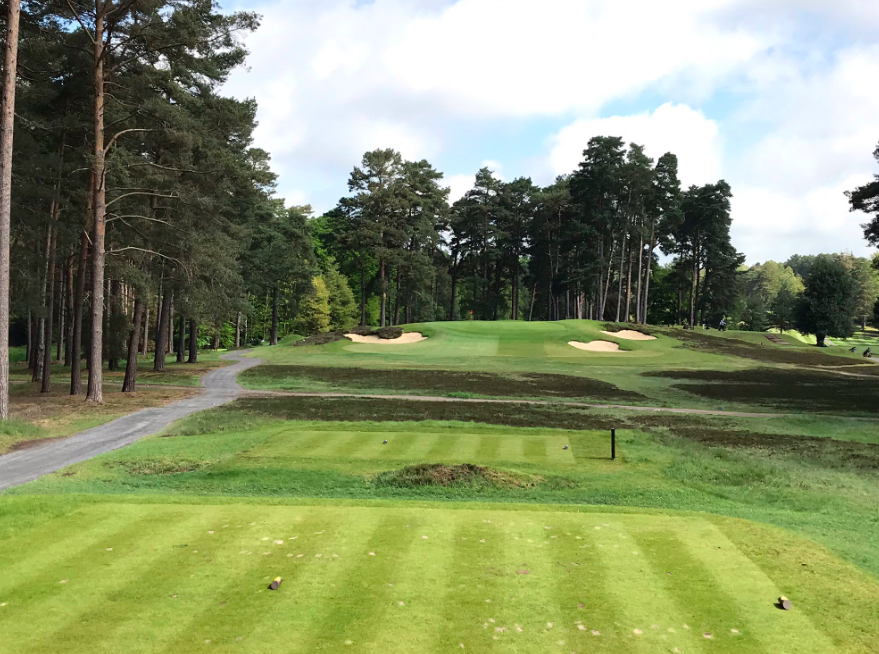
It doesn't look like the green or the area just short of it have been changed, but the areas left and right appear to have been completely reshaped. They appear to have built up what had been steep dropoffs. The bunkers now come much closer to the green on the right. In its own right, I think that the work looks good--I just don't understand why they thought that the hole needed to be changed. Image from https://www.flickr.com/photos/94270950@N05/50171300002/
I think that the 405 yard back tees on eighteen are also new and while the hole is very difficult from here, I like it. It starts with a diagonal drive over a creek. Up the left it’s only a 200 yard carry but it’s a 230 carry on the right side and the creek continues to run up the right side of the fairway. So erring left is safer…except for the bunker 240 out. You have about 40 yards between this bunker and the creek. While the uphill approach isn’t too difficult, the drive is killer…if you weren’t already dead after playing sixteen.
Because of the club’s exclusive reputation, it wasn’t until near the end of my three year stay in London that I tried to play here. But I’m really glad that I did because for me, Swinley Forest is comfortably one of the top 3 London heathland courses (with Sunningdale Old and West Sussex). It has two of three of the best holes in southern England, while the supporting cast is mostly strong and always beautiful. And I was surprised by how difficult the course was. Clearly the club has contributed to this with back tees. I think that it was listed at just over 6,000 yards in the yellow Confidential Guide. Now it’s over 6,400. But while the course definitely doesn’t feel short, most of the difficulty comes from narrowing landing areas and Colt’s small, perched greens.
In addition to being a great golf course, Swinley Forest is a joy to experience. There were a few people finishing up when I went out, but I had the course to myself for both of my rounds. It’s probably the most charming clubhouse of any place that I visited in England. They had one of the best lunches too. Everything was close to perfect just the way it was. Most would be (rightly) content with far less.
In addition to being a great golf course, Swinley Forest is a joy to experience. There were a few people finishing up when I went out, but I had the course to myself for both of my rounds. It’s probably the most charming clubhouse of any place that I visited in England. They had one of the best lunches too. Everything was close to perfect just the way it was. Most would be (rightly) content with far less.

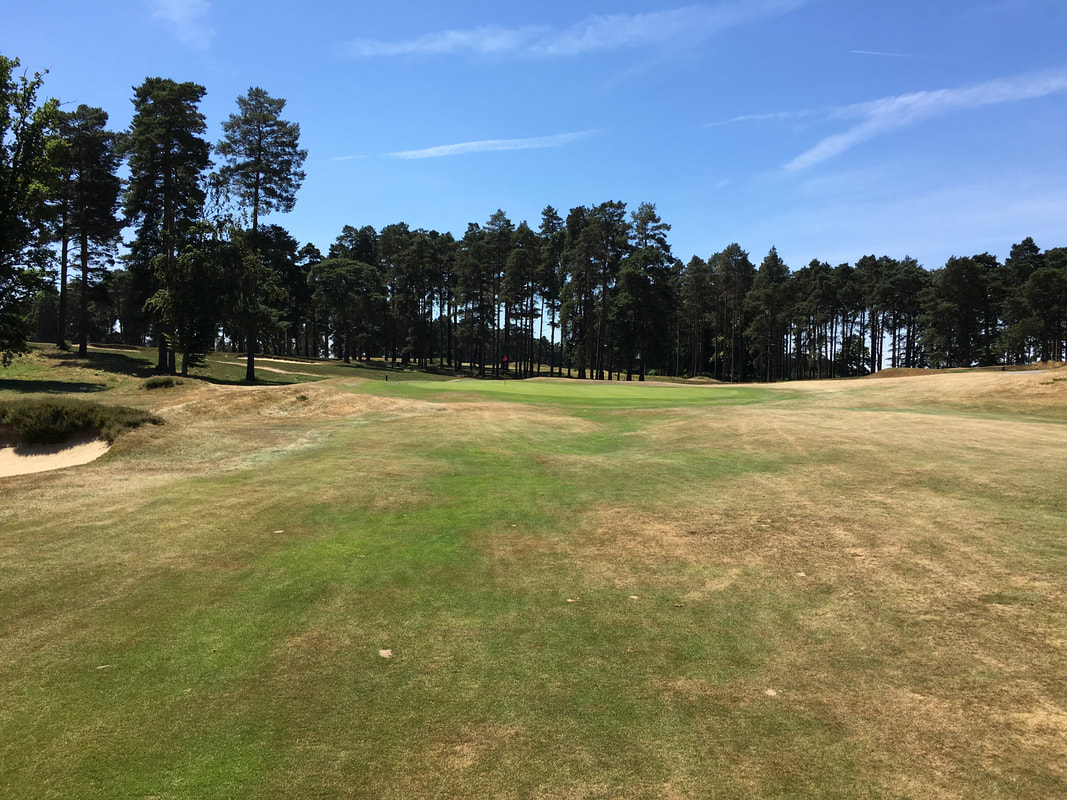
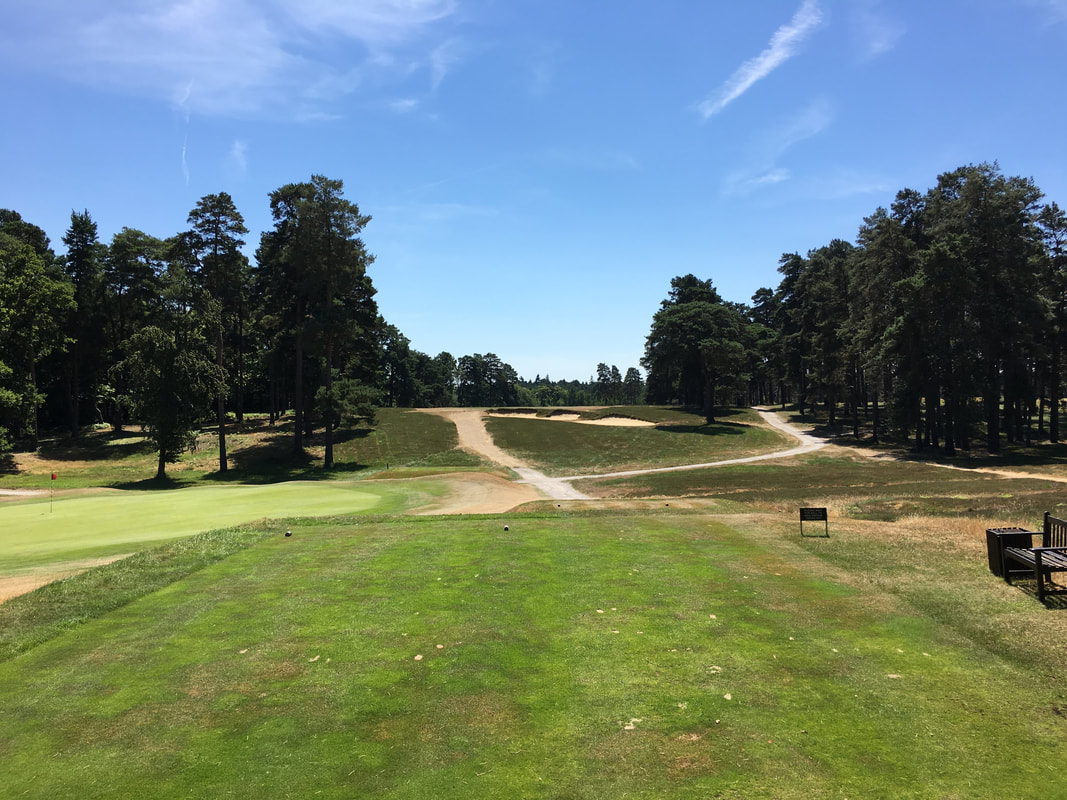
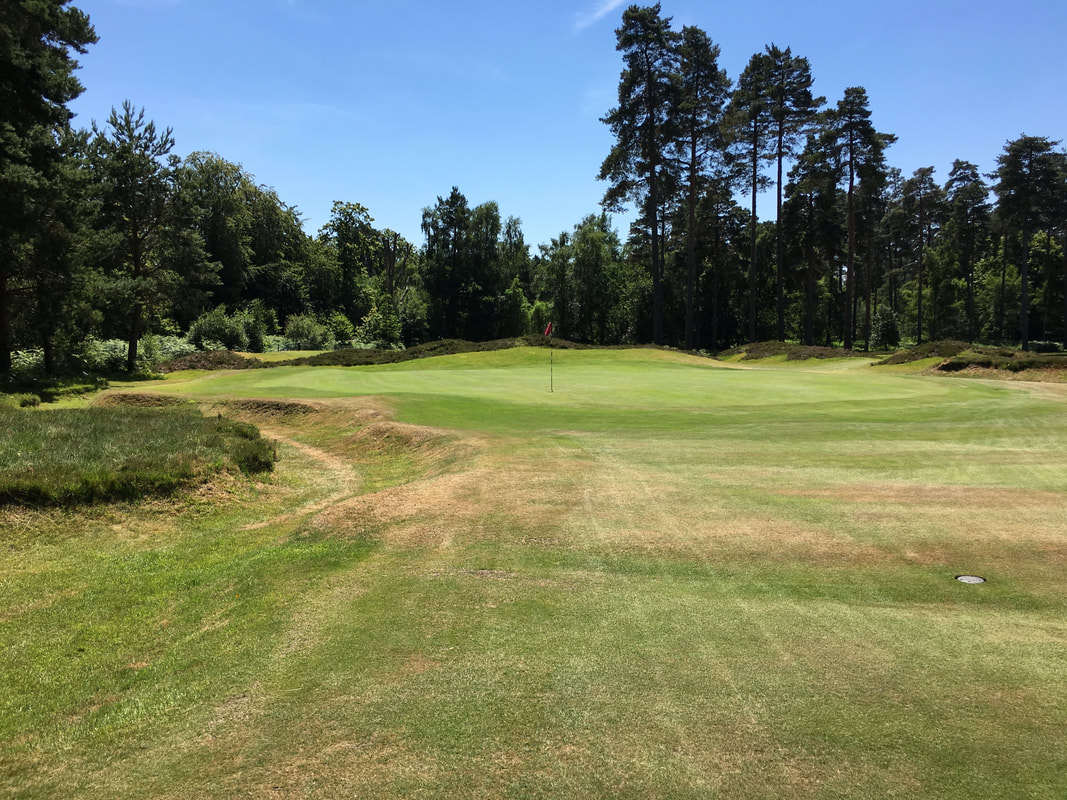
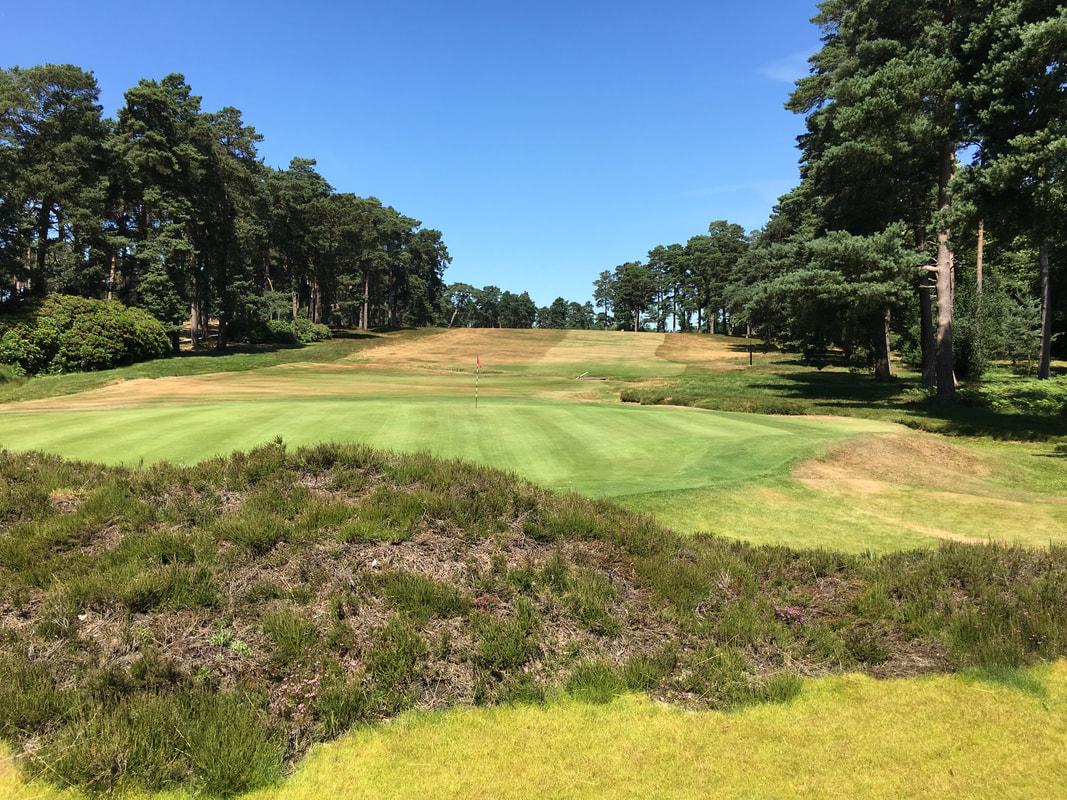
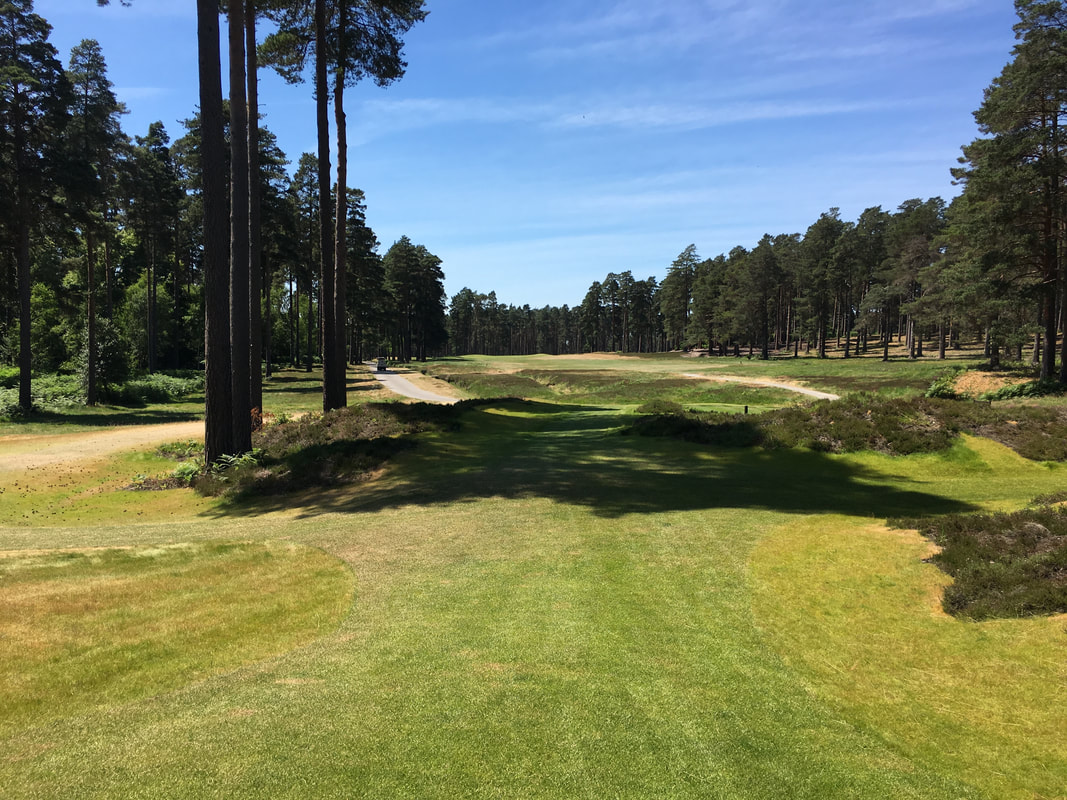
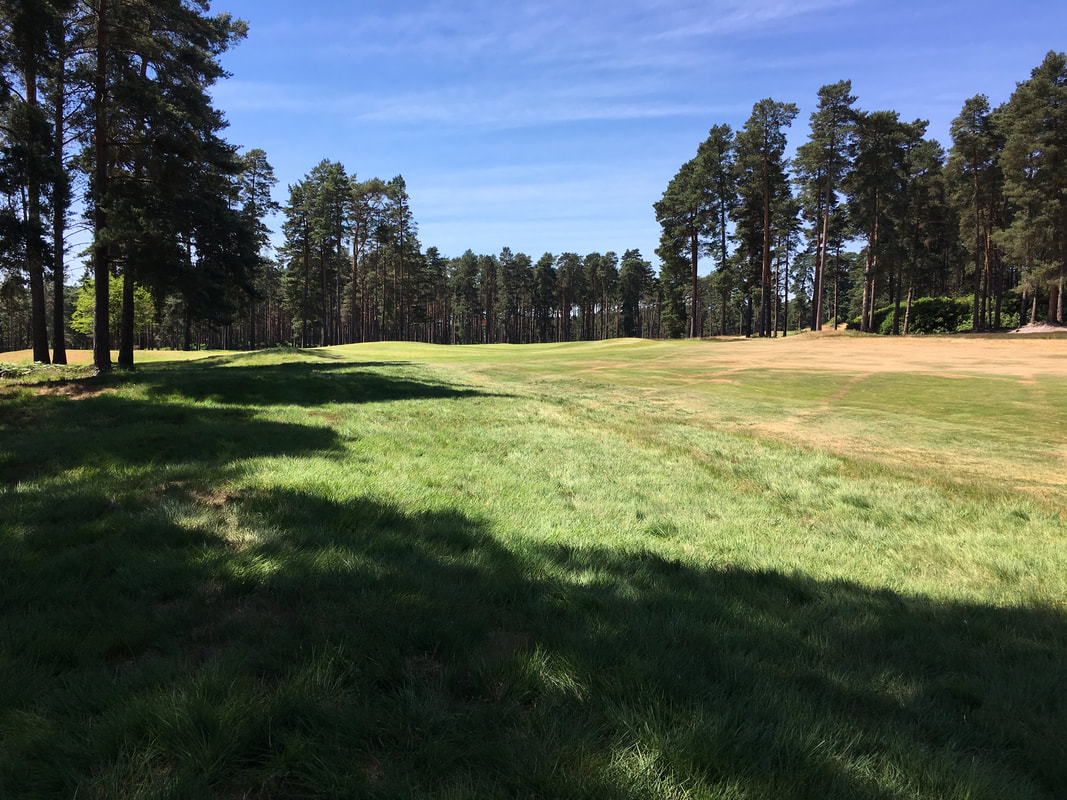
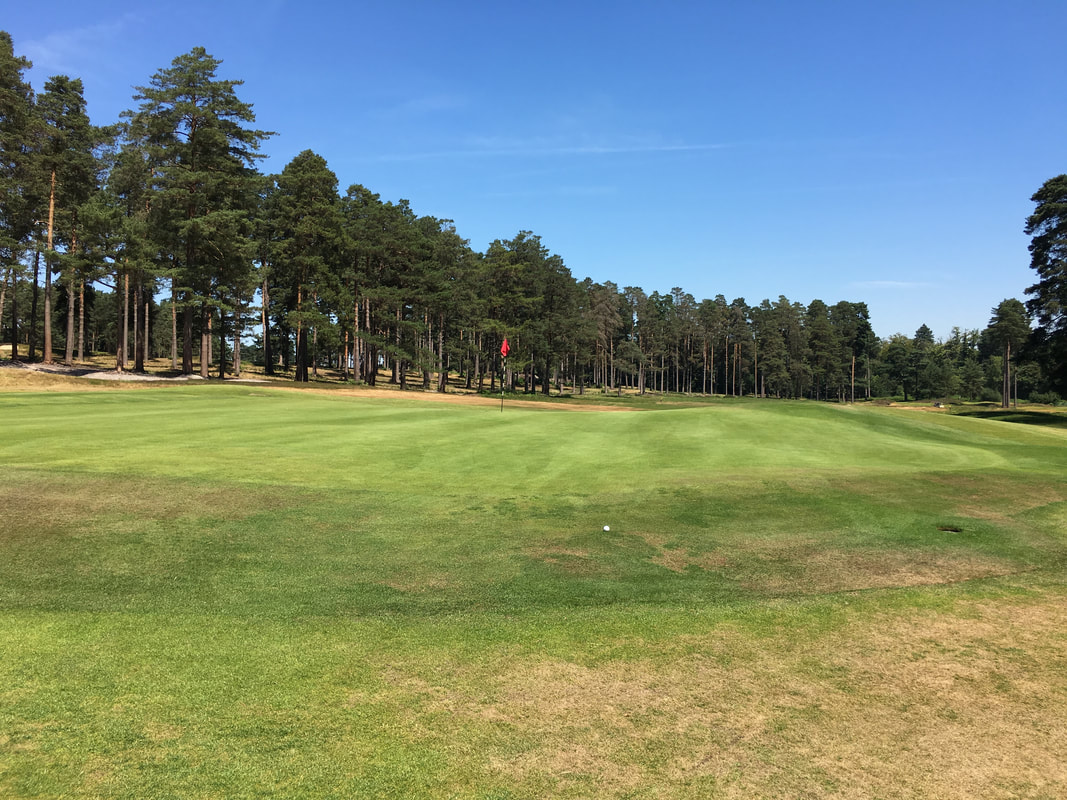
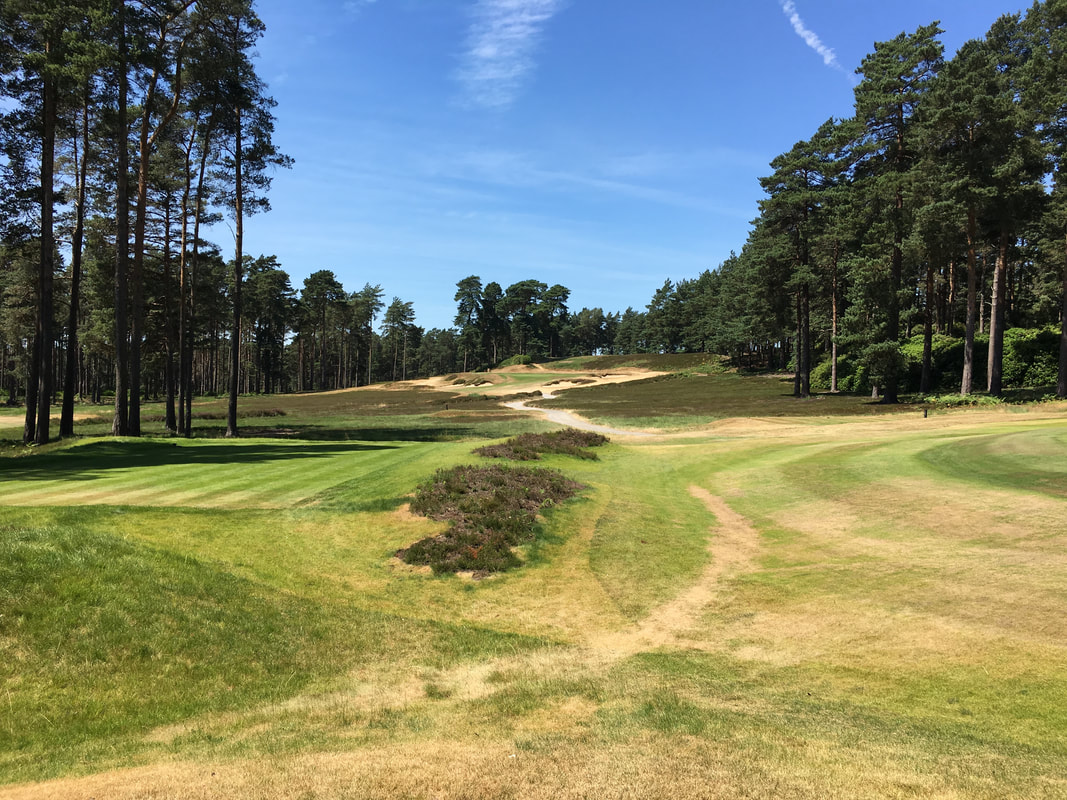
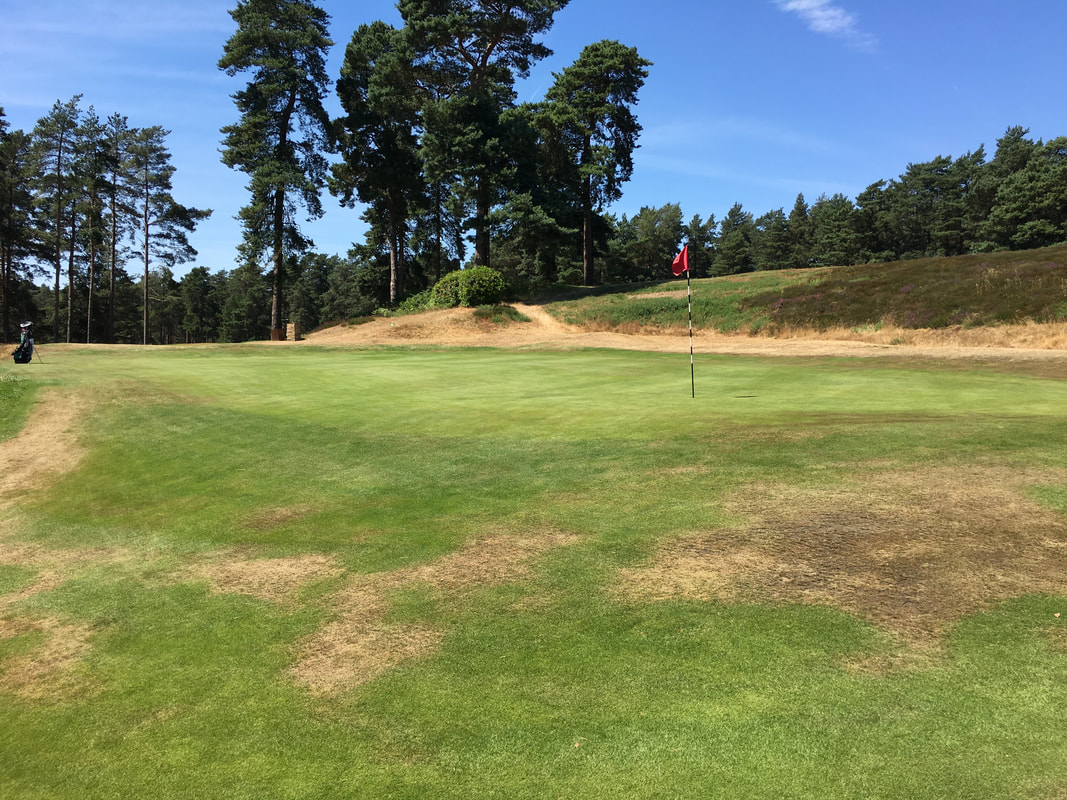
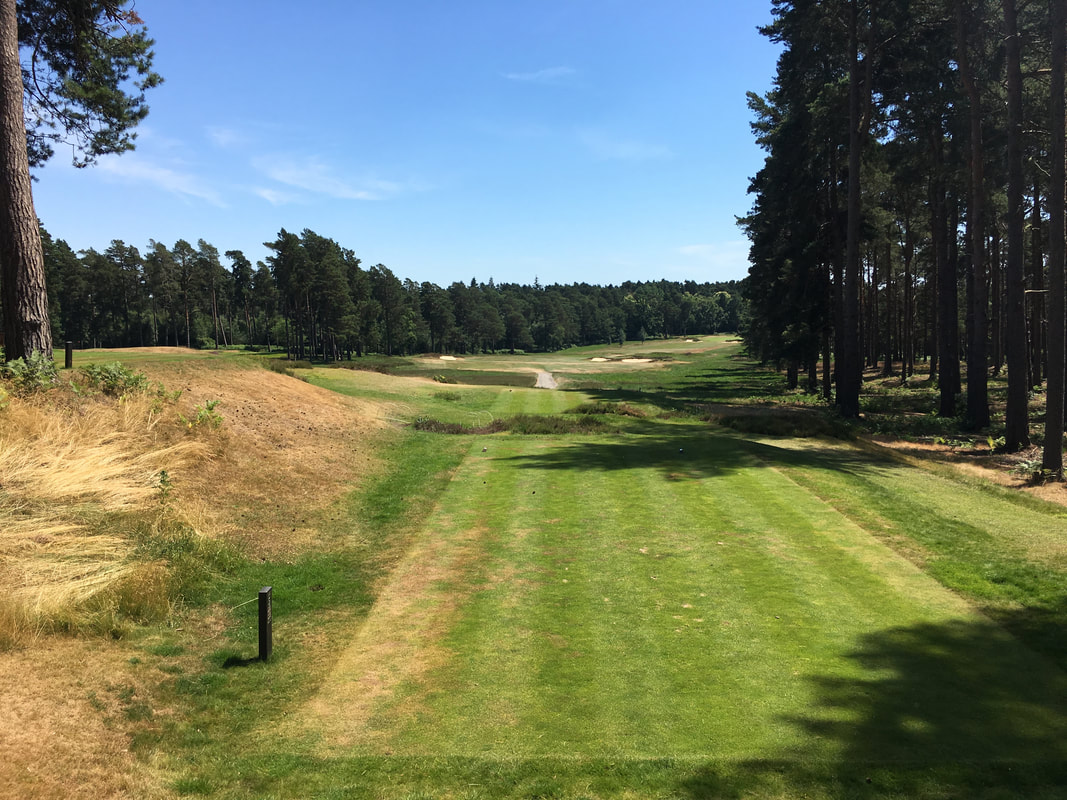
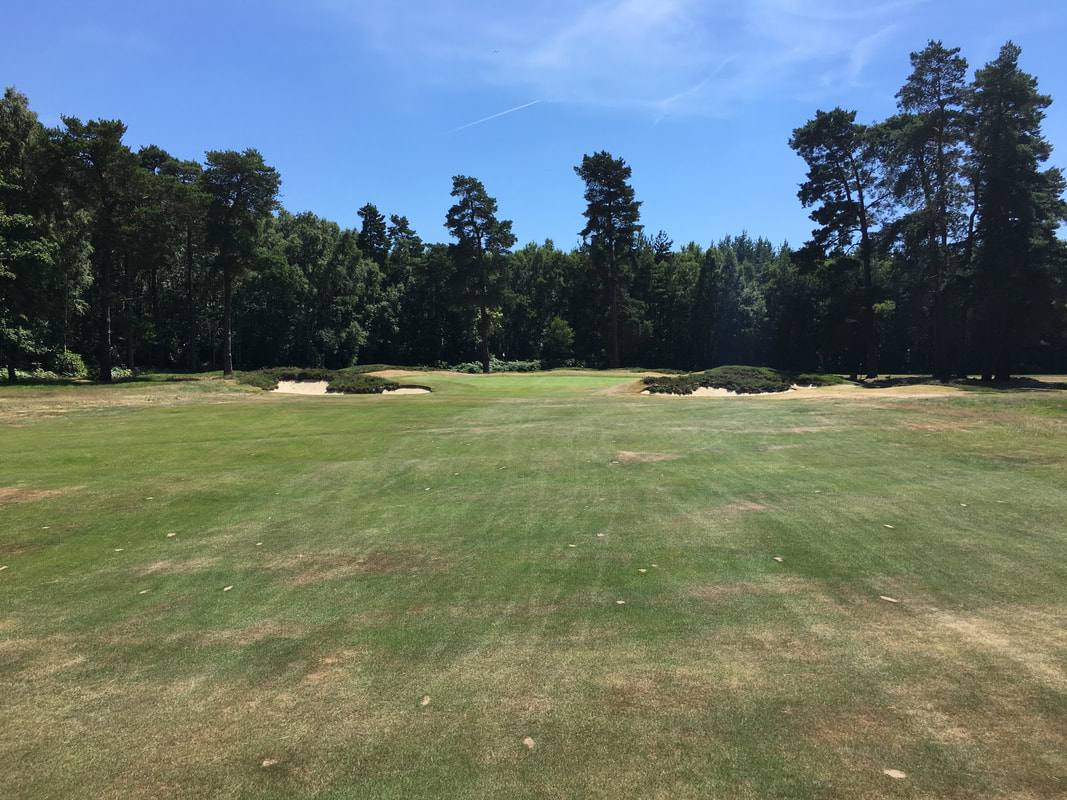
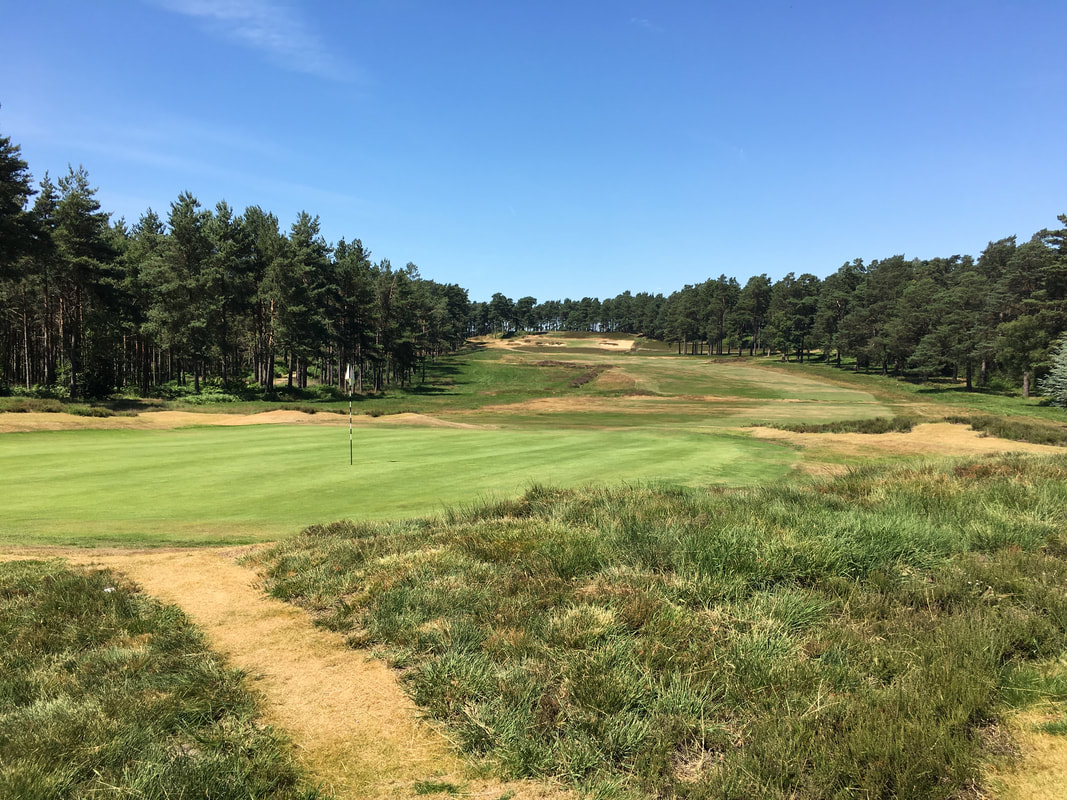
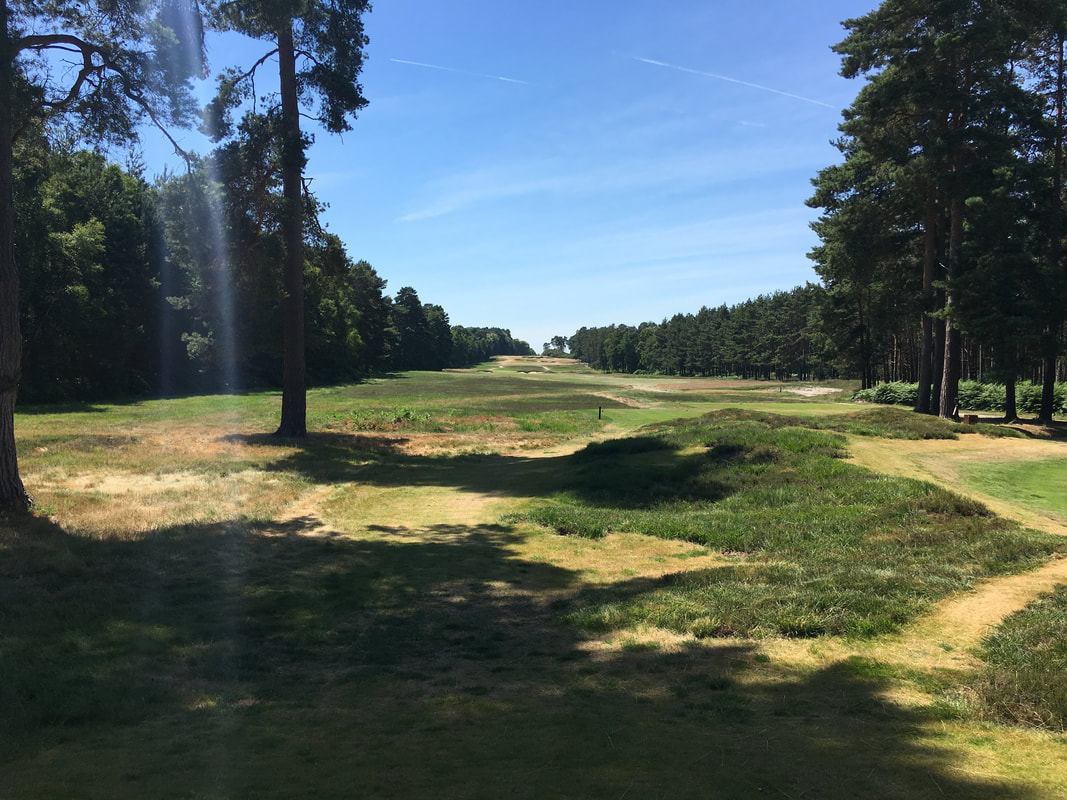
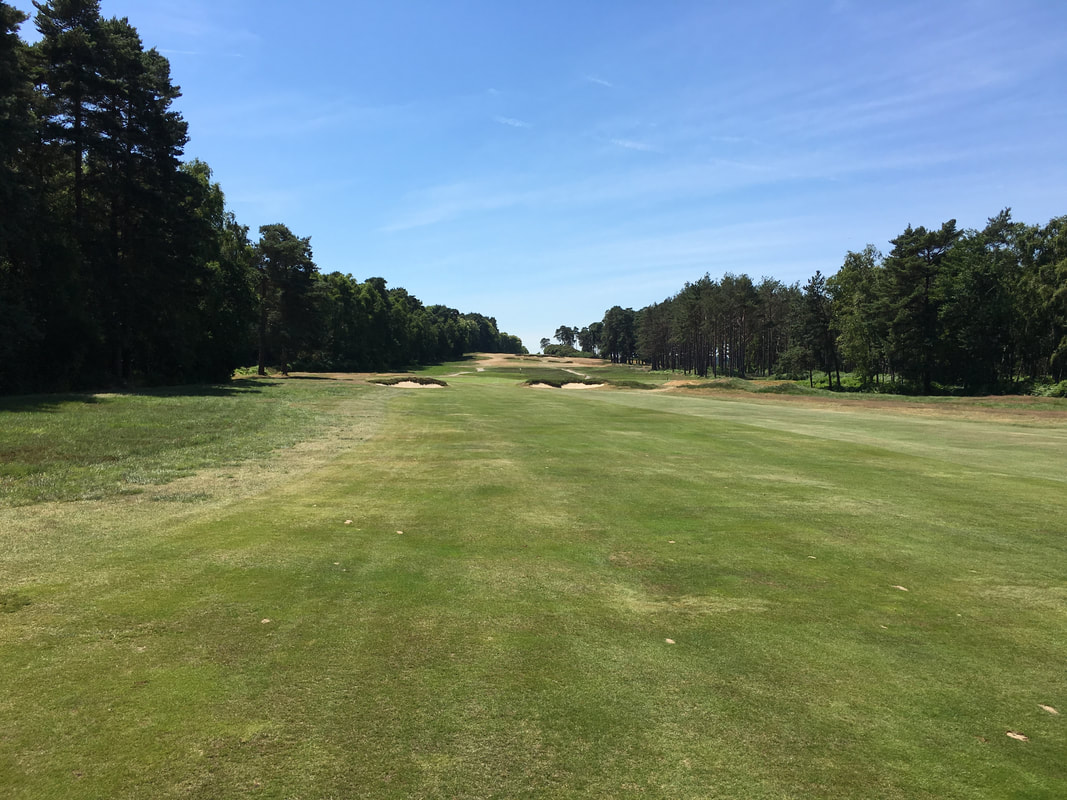
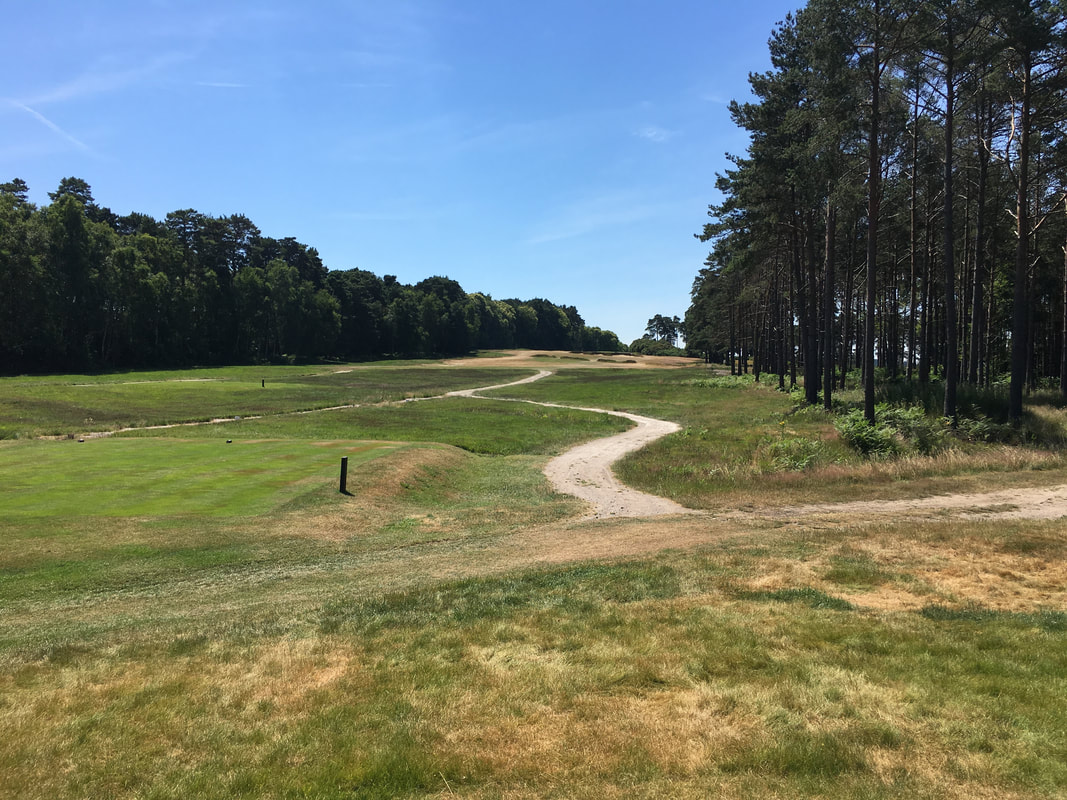
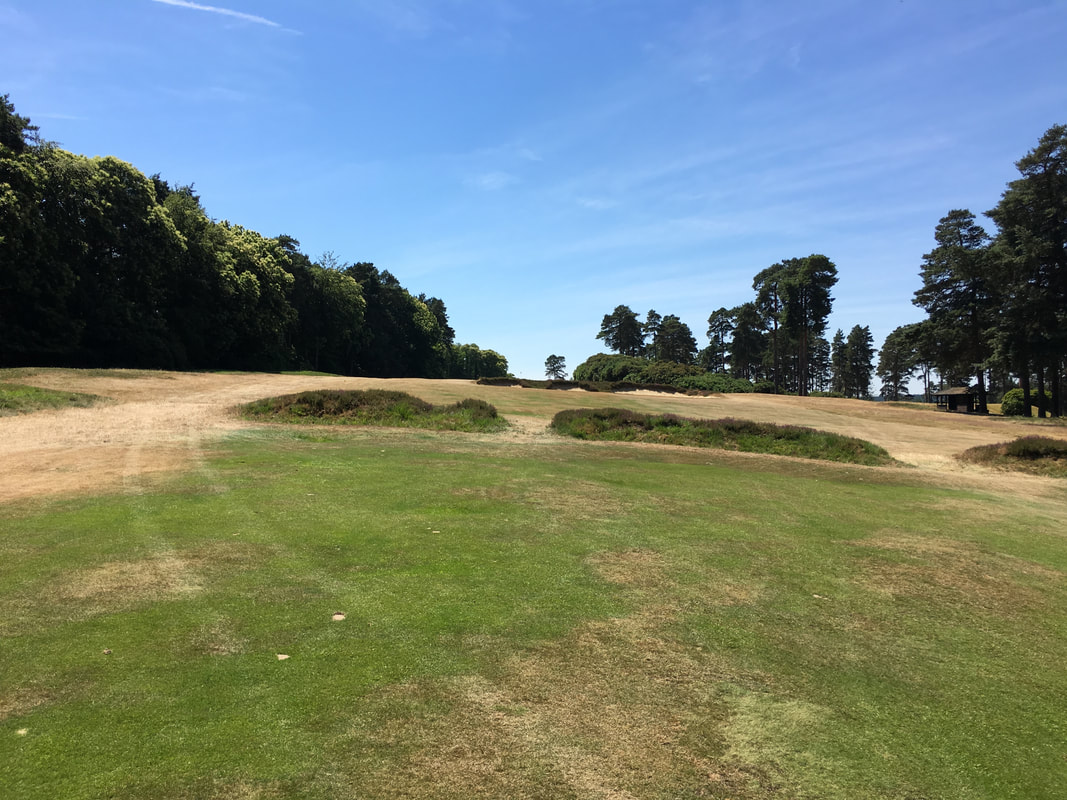

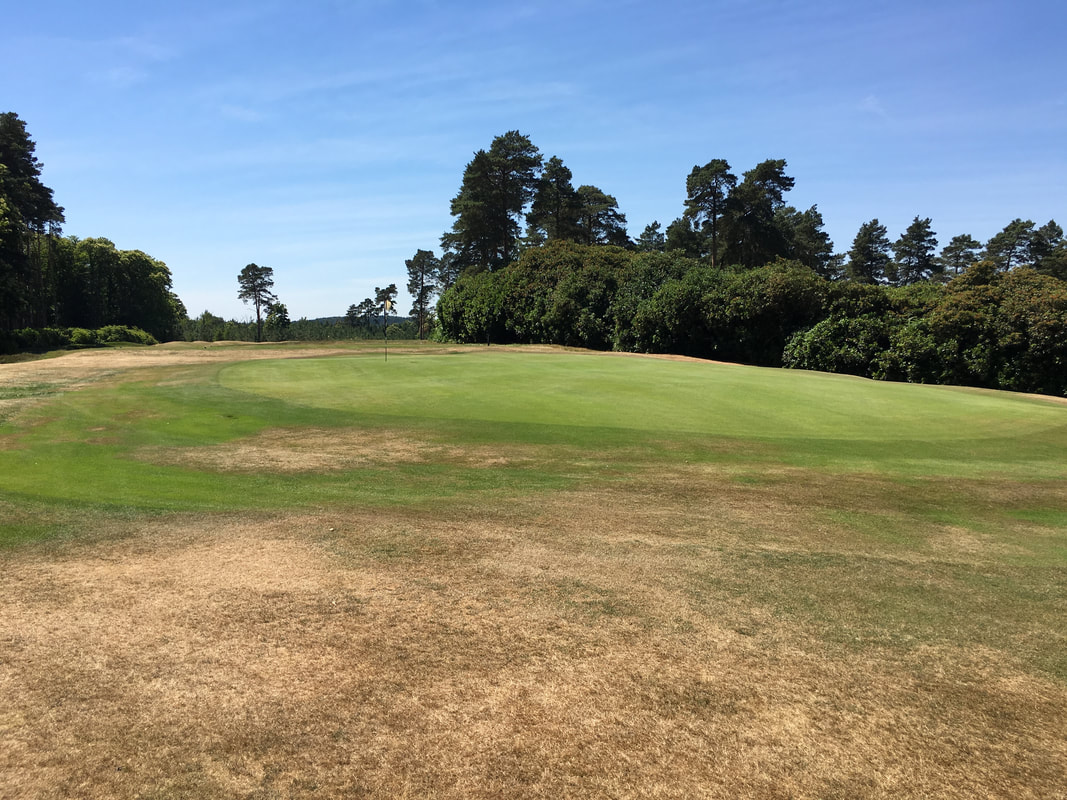
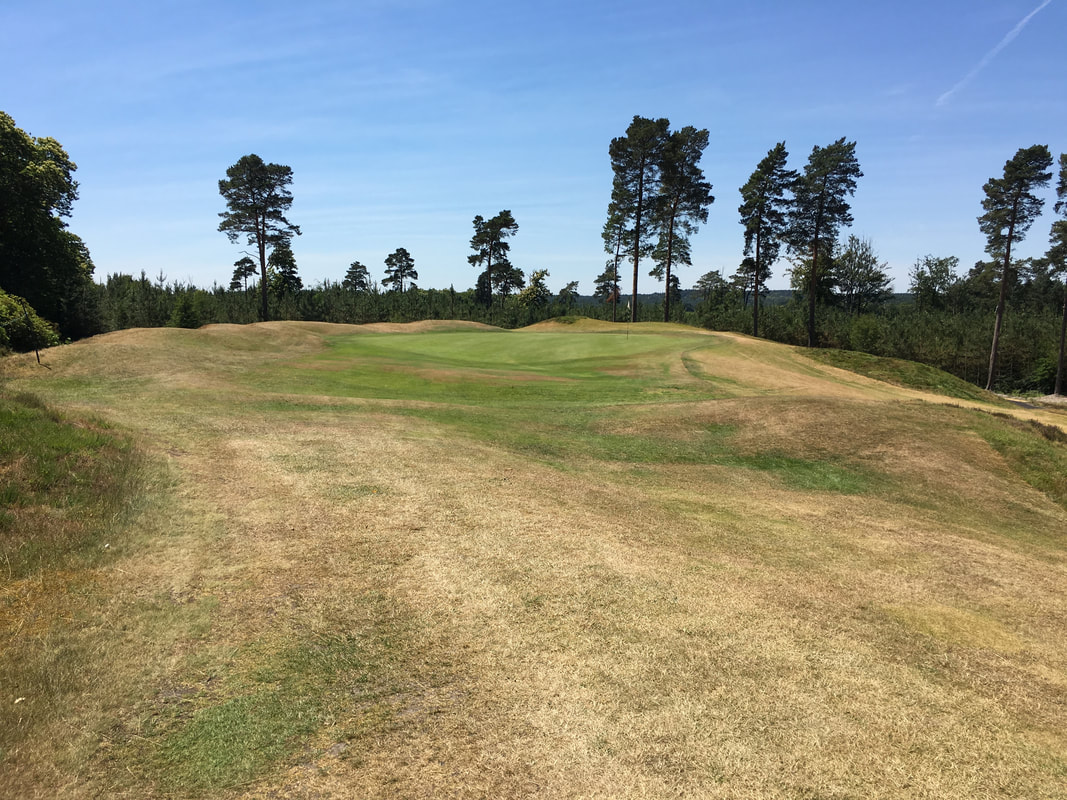
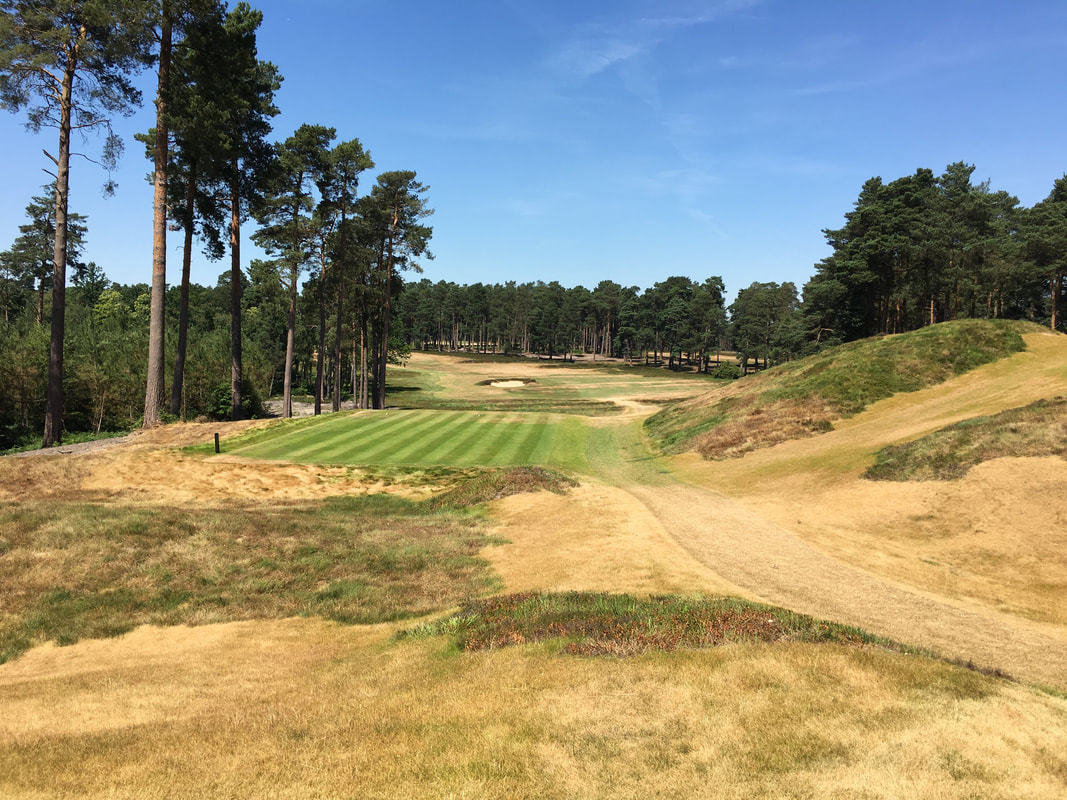
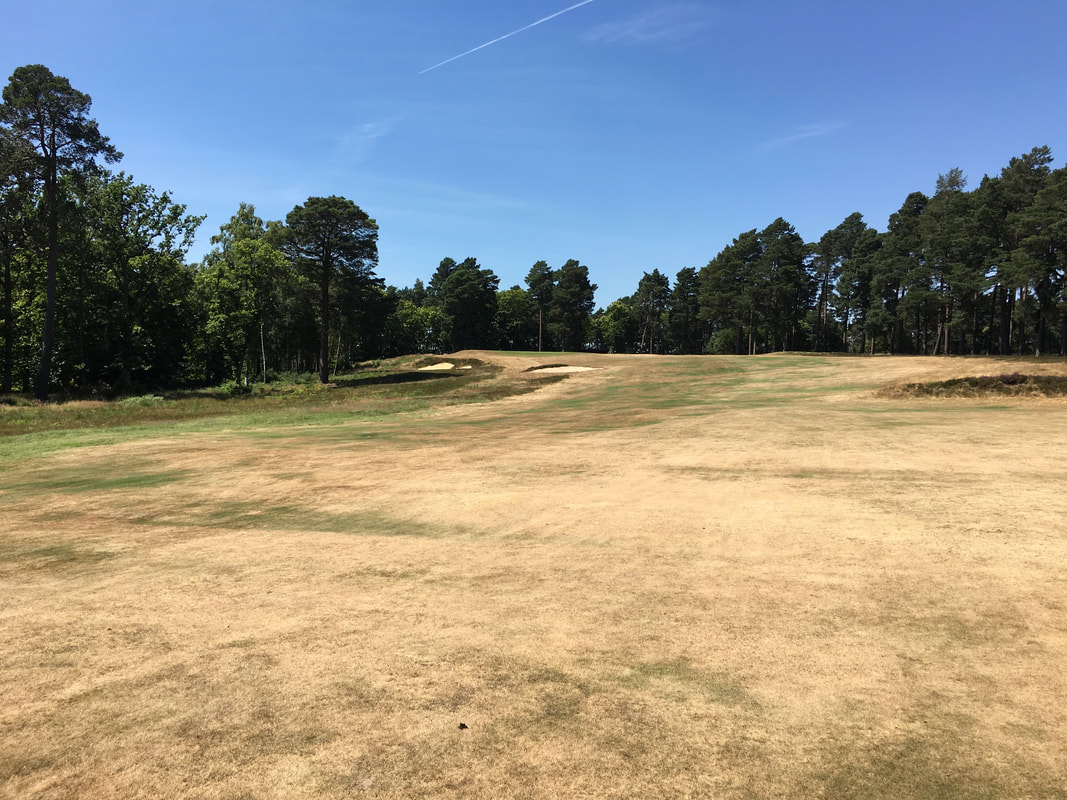
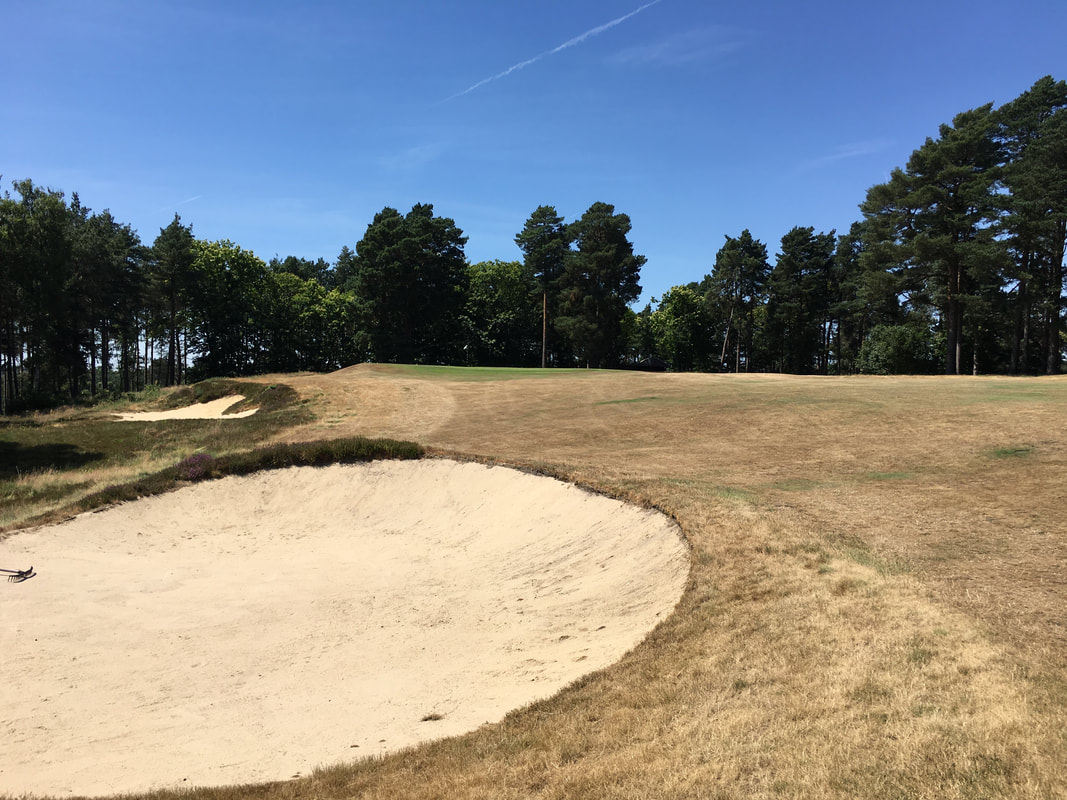
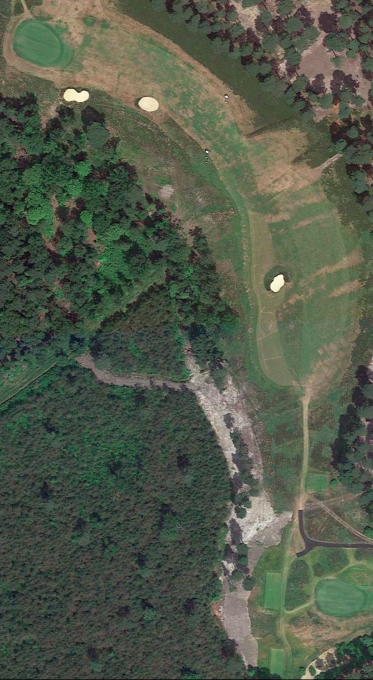
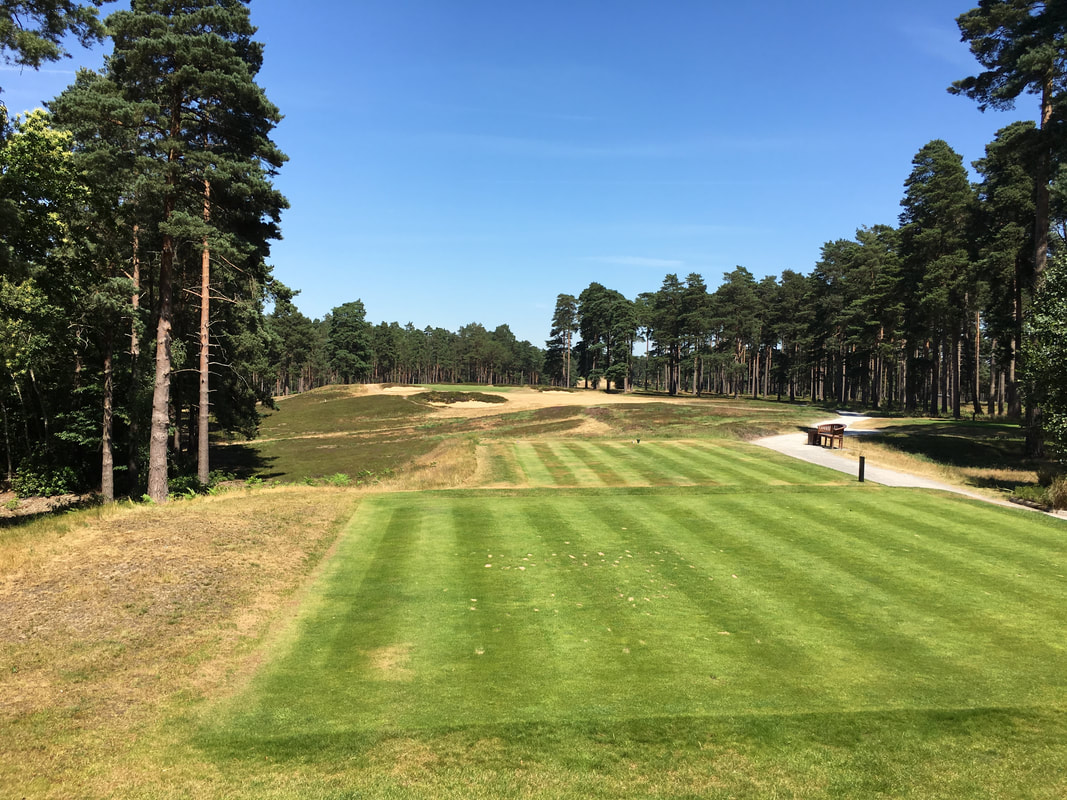
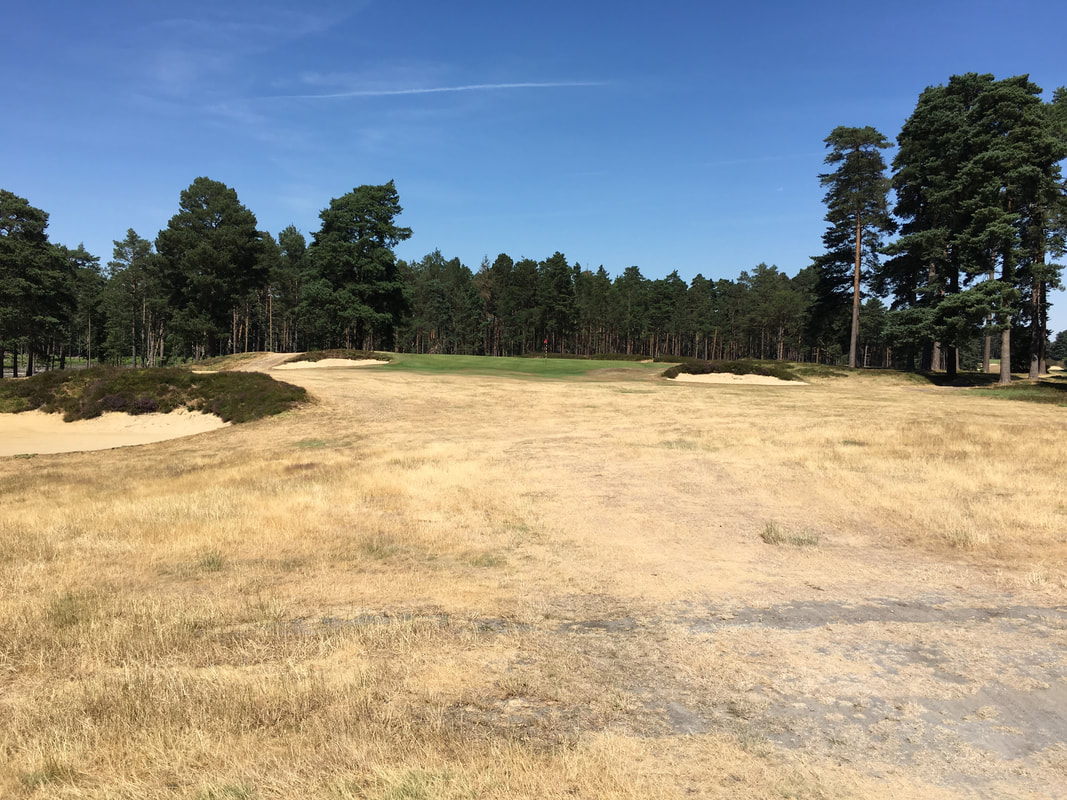
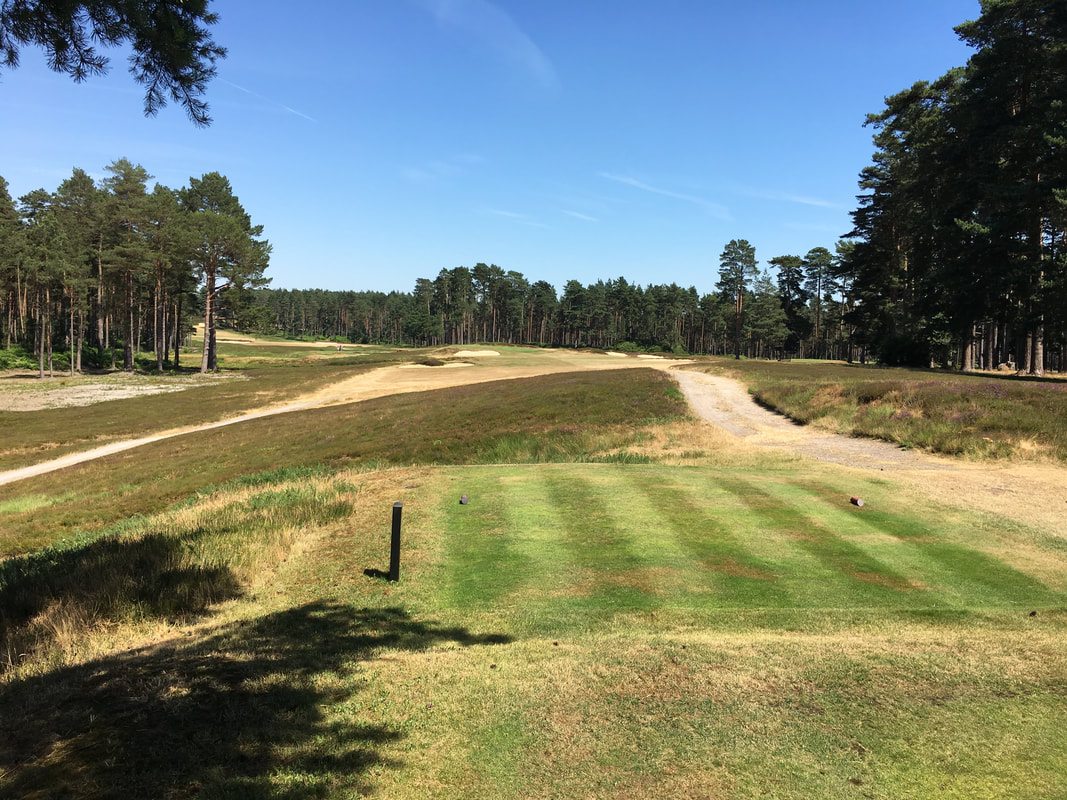
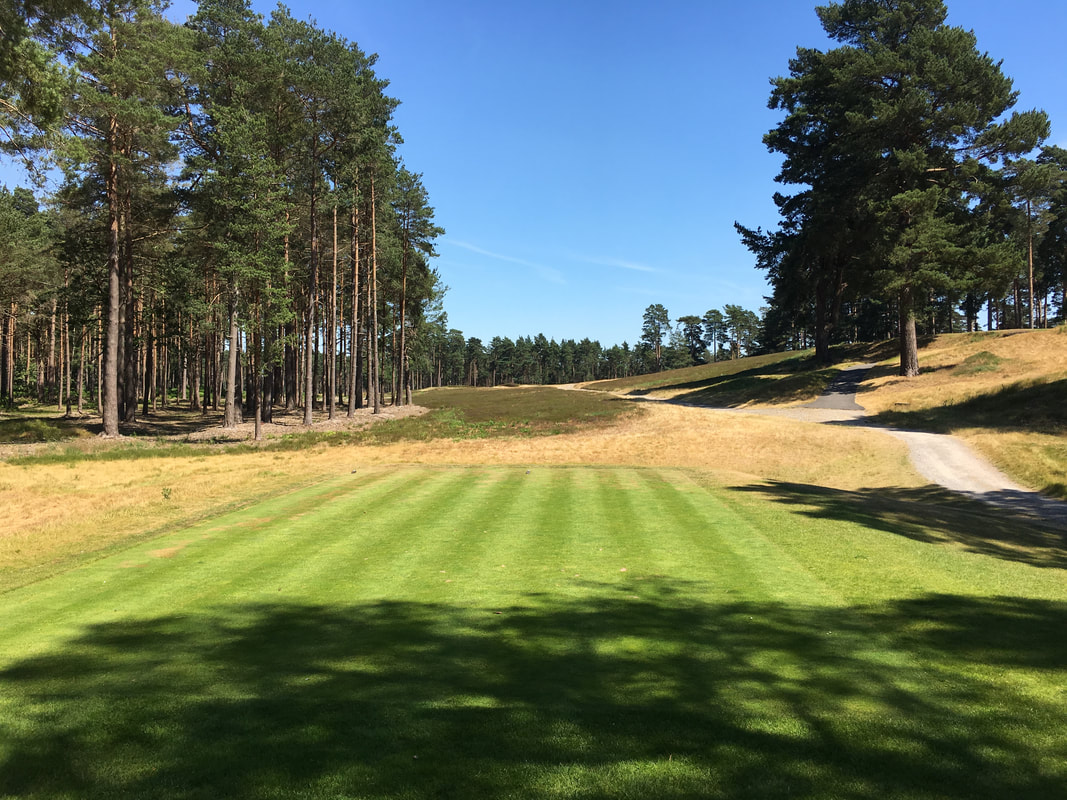
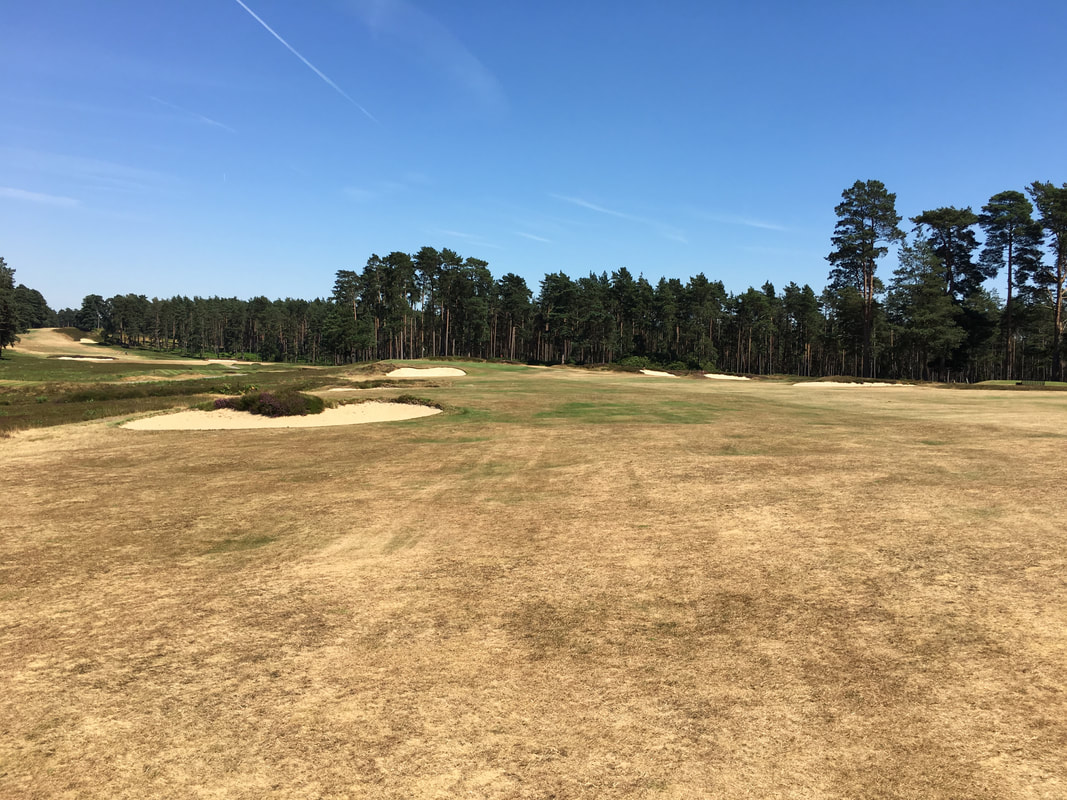
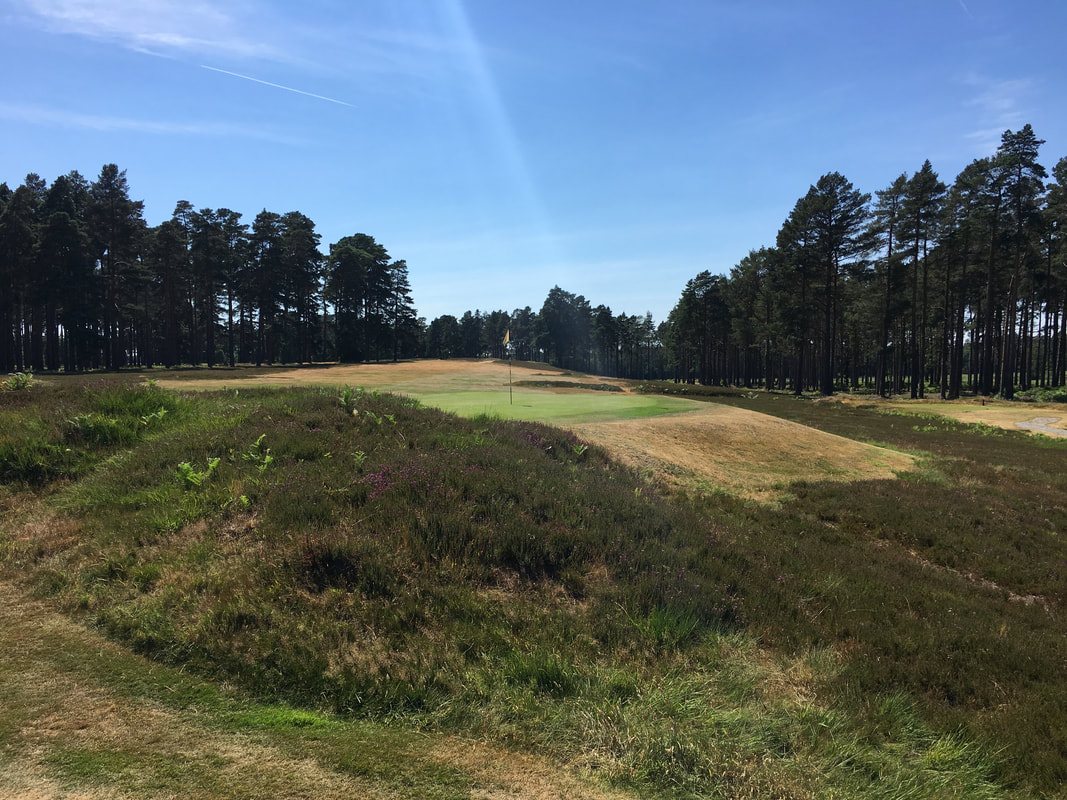

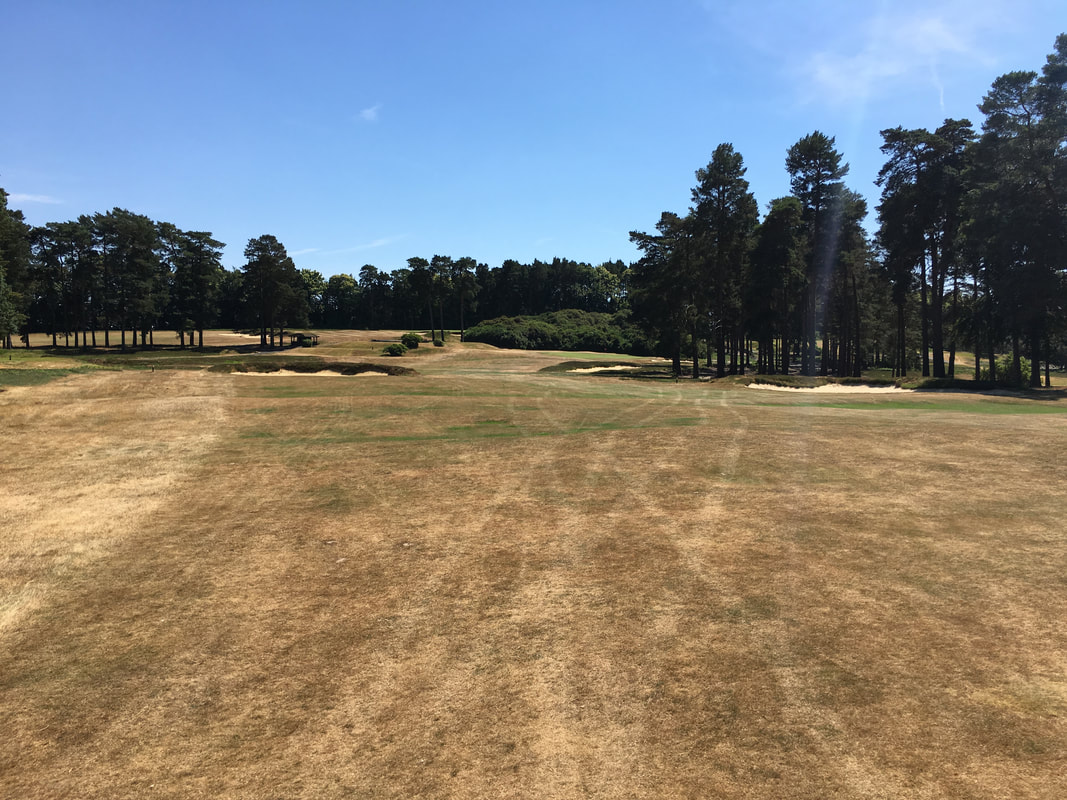
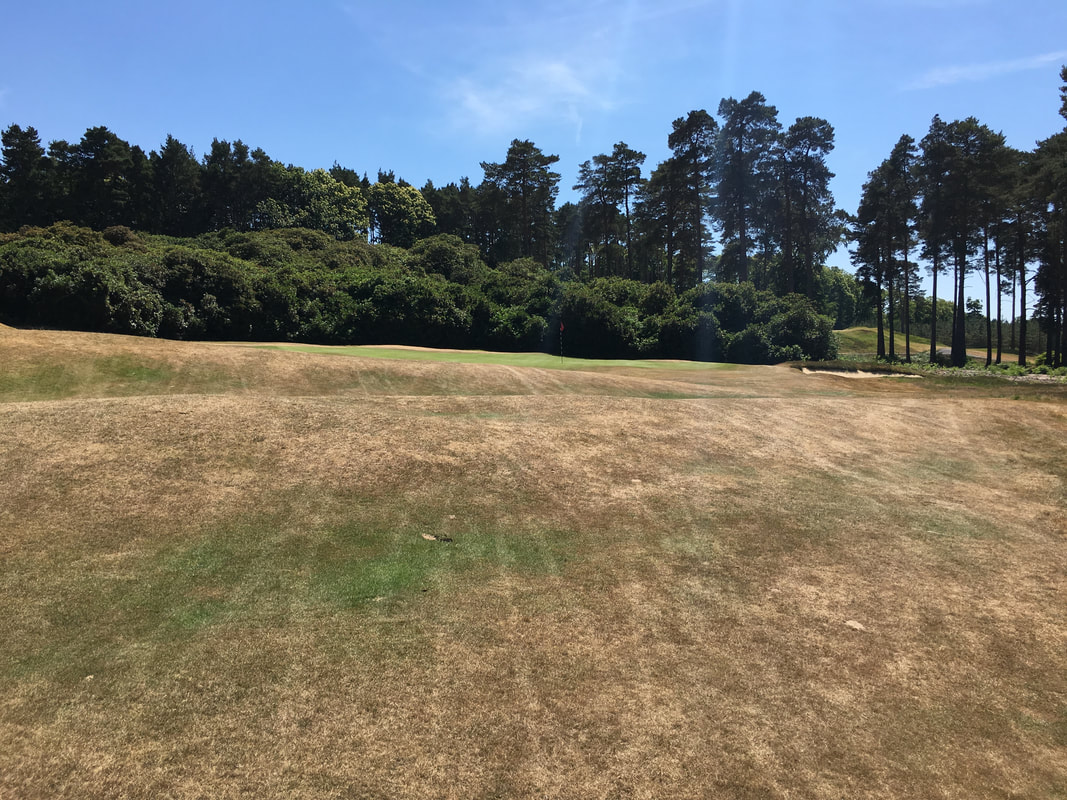
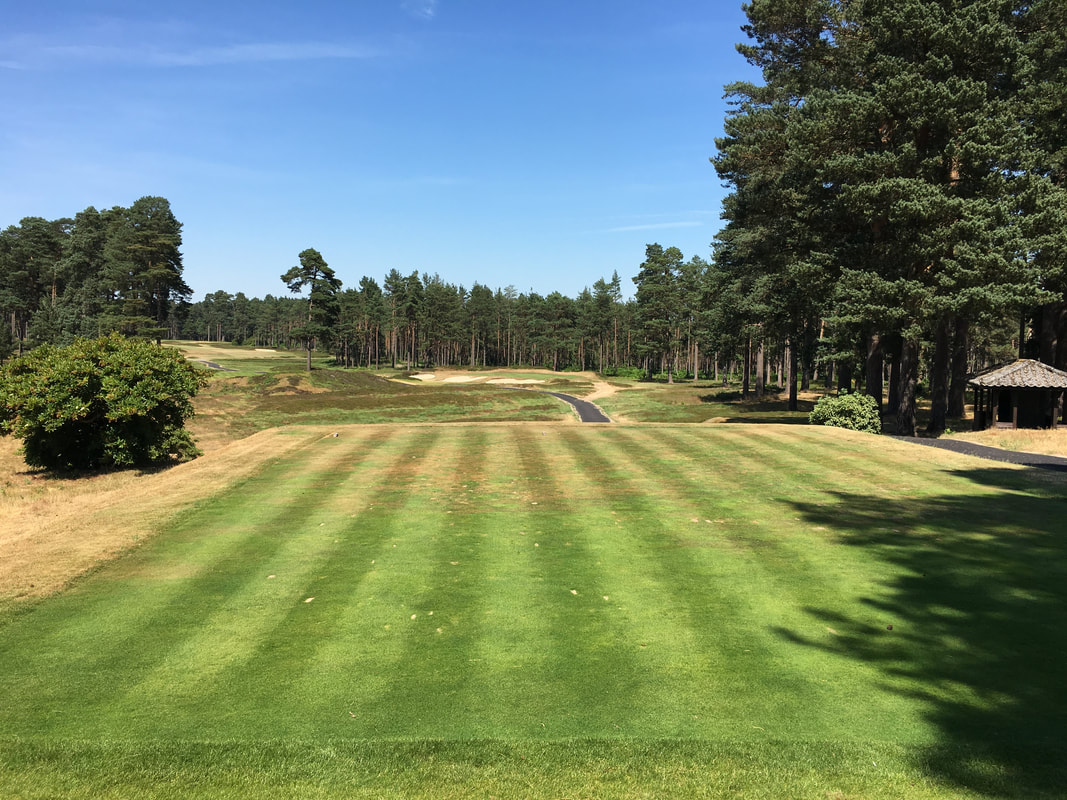
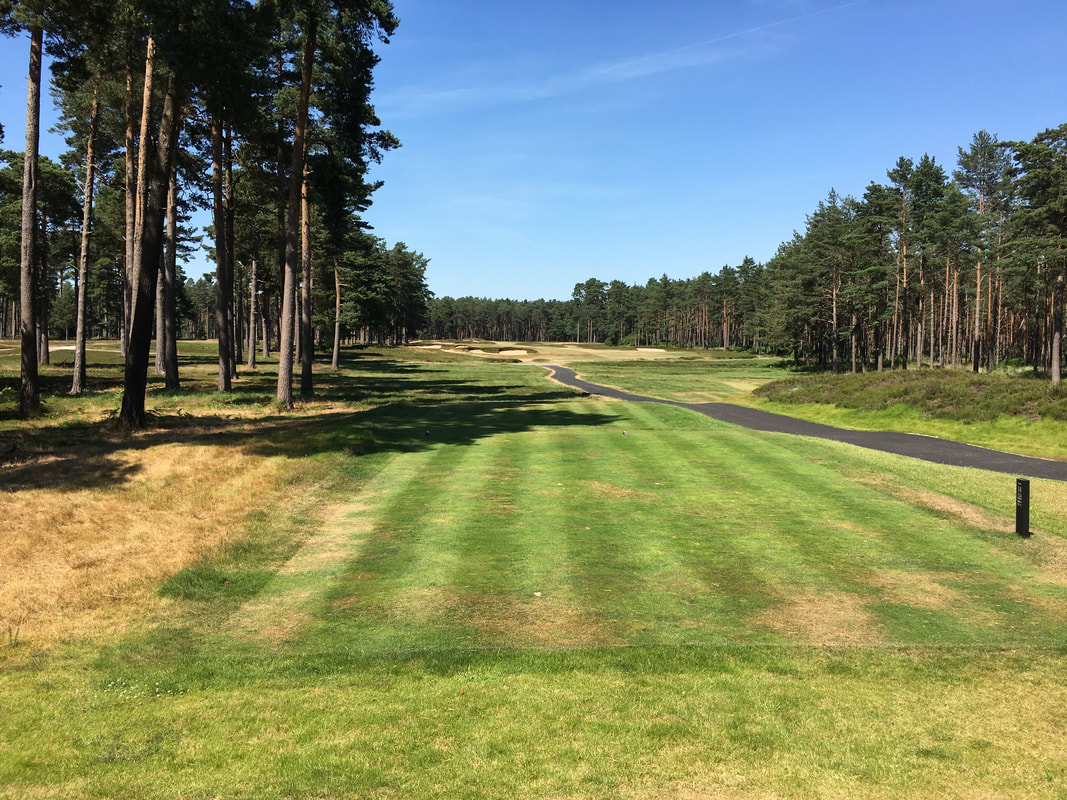
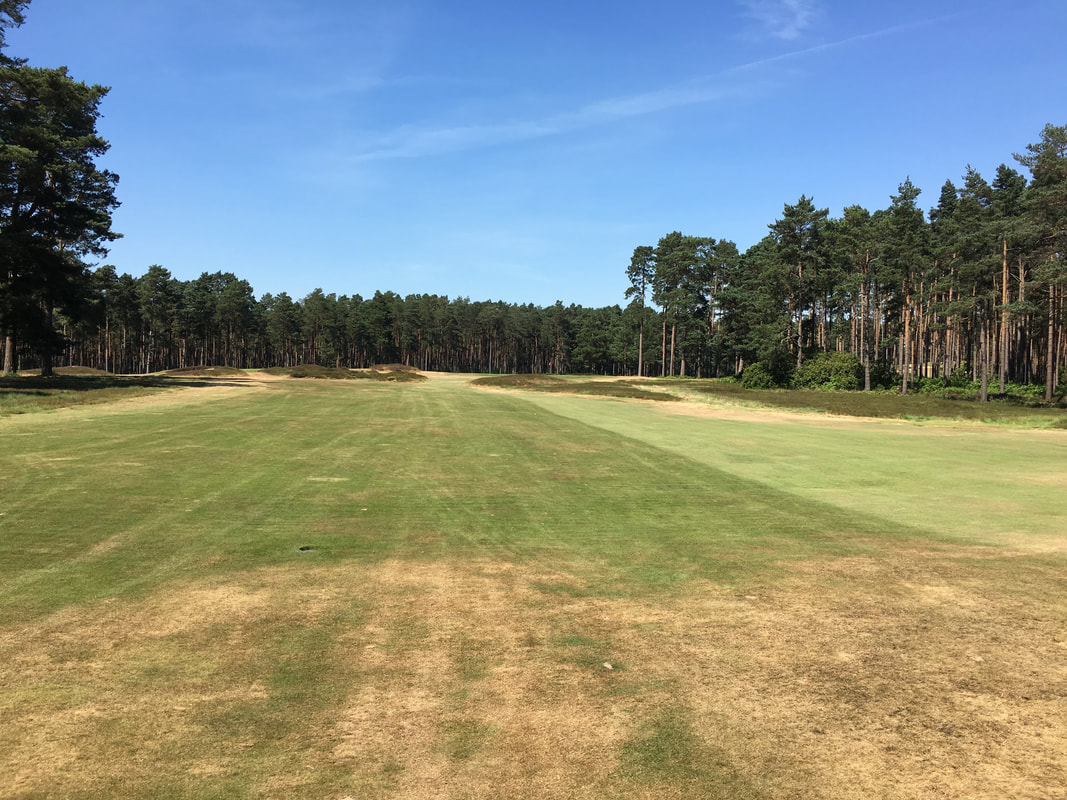
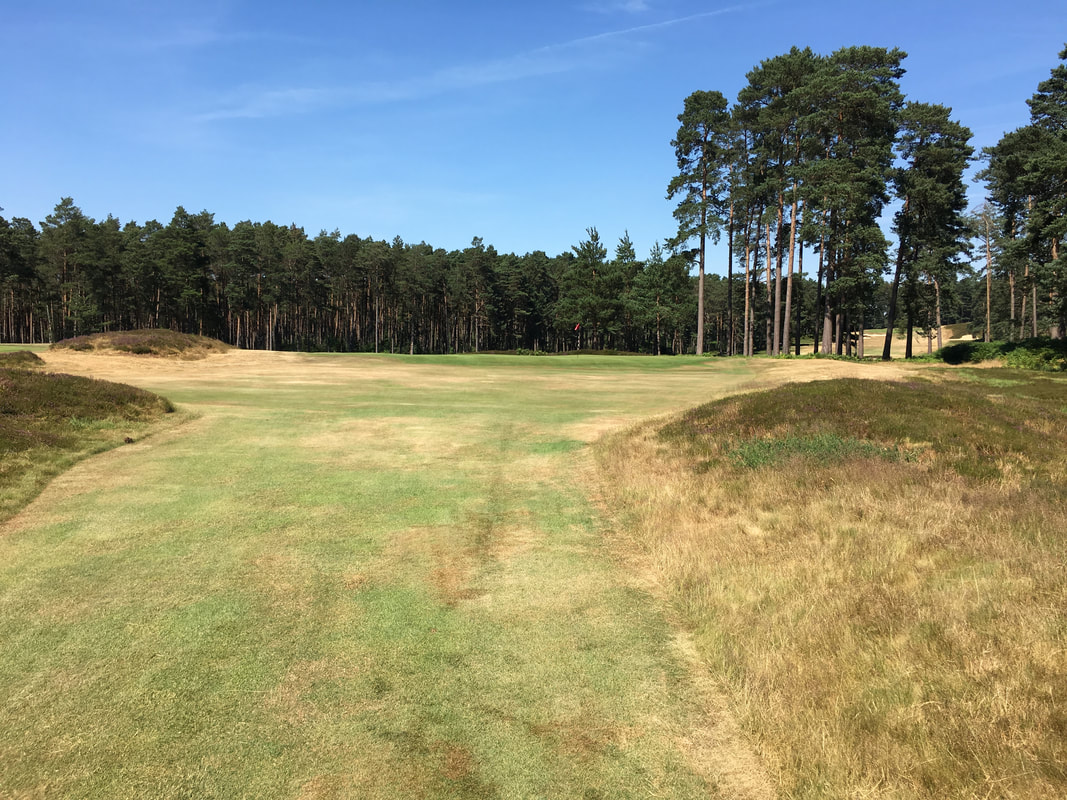
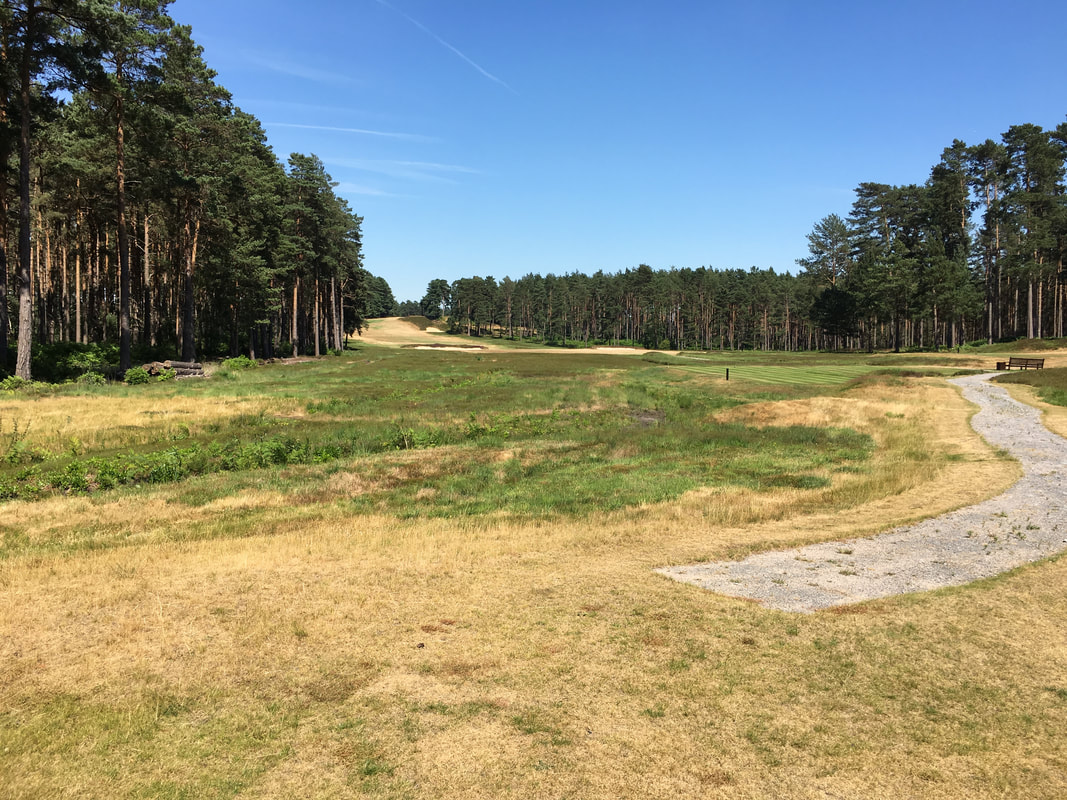
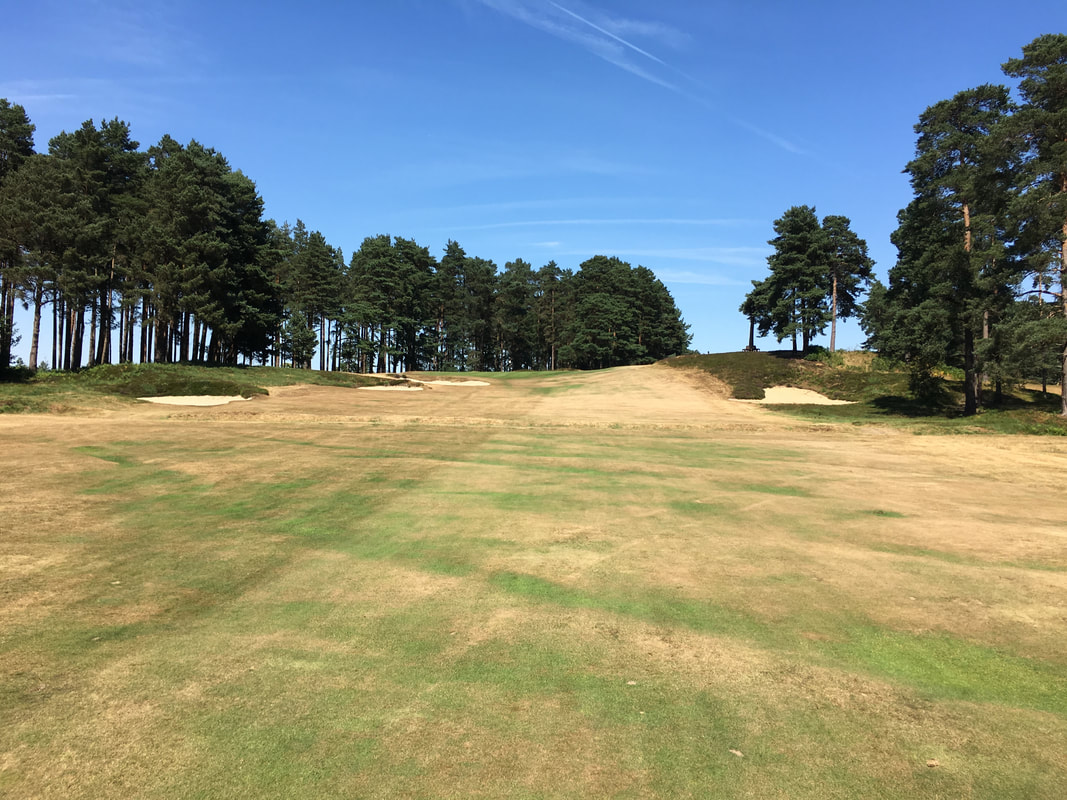
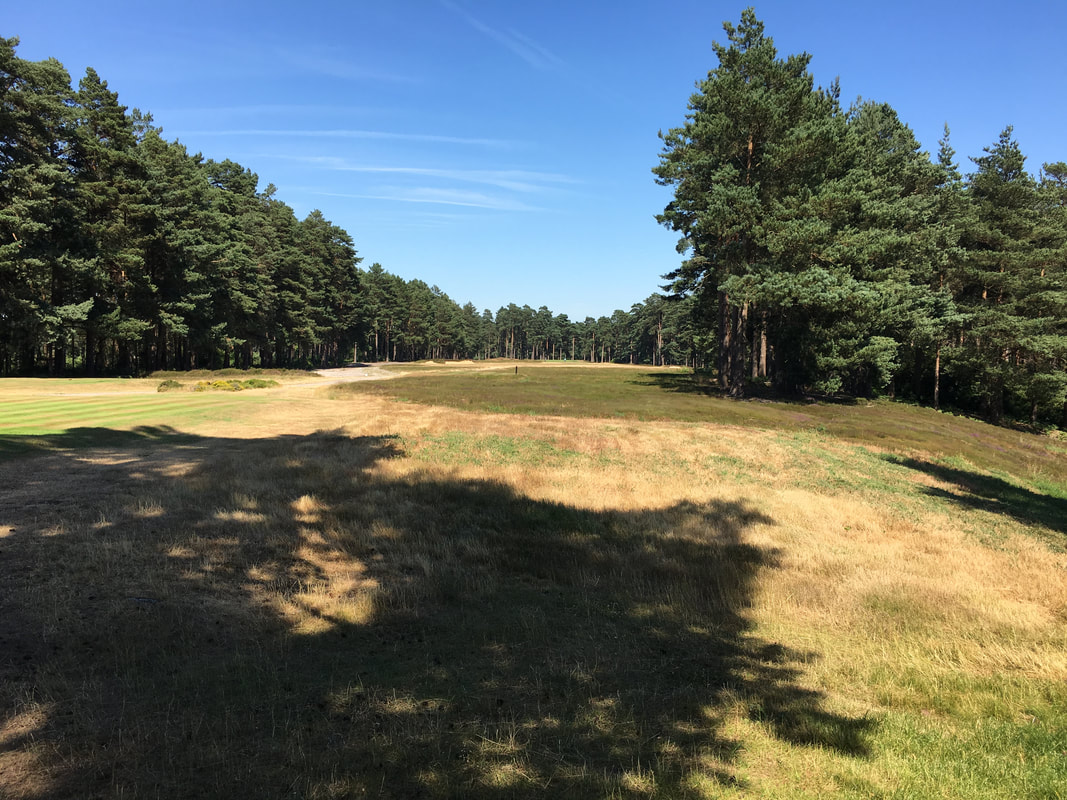
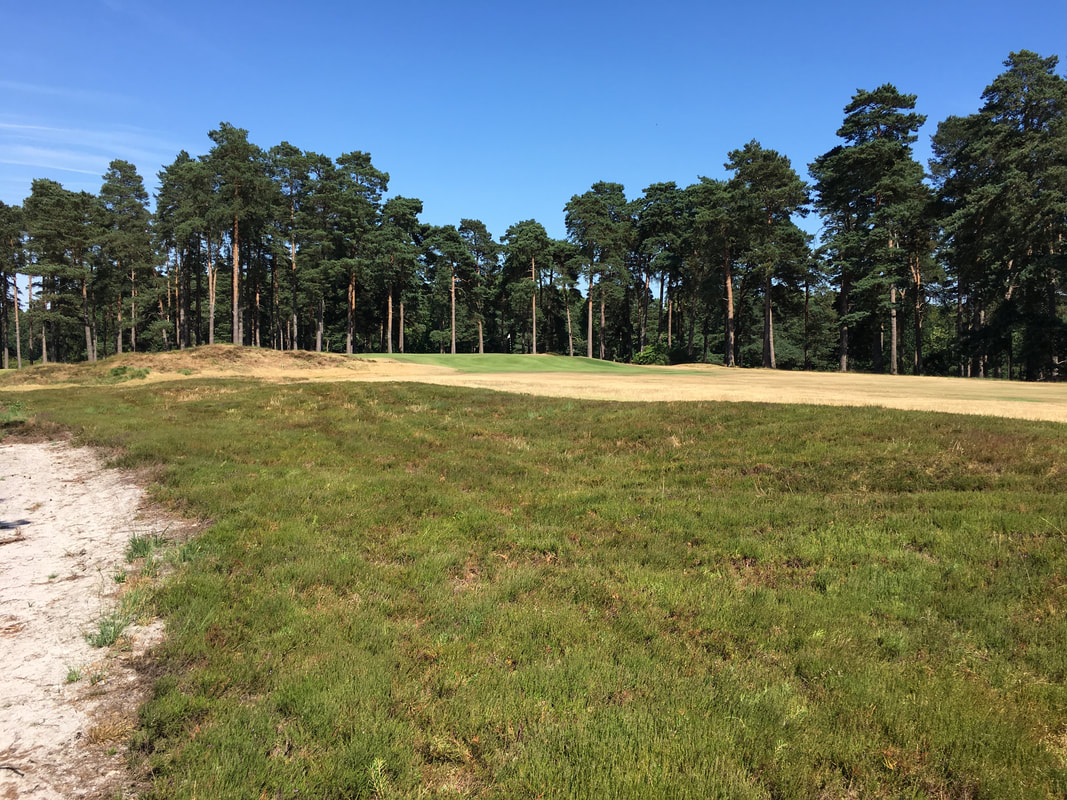
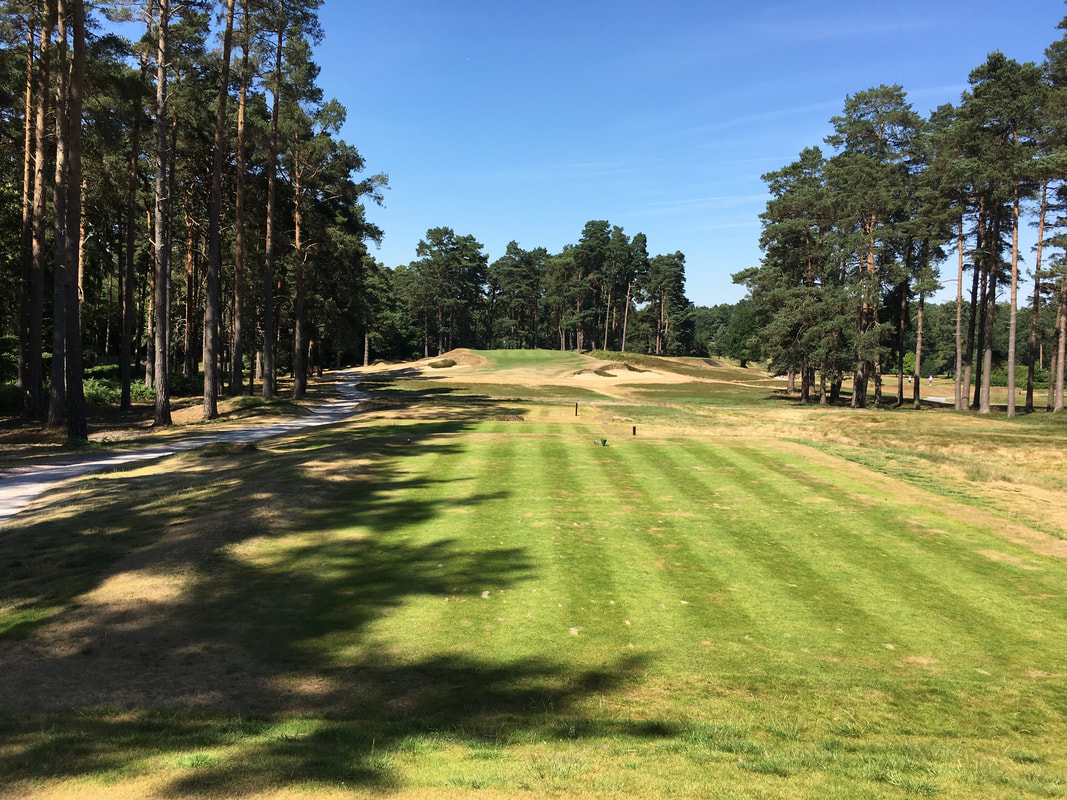
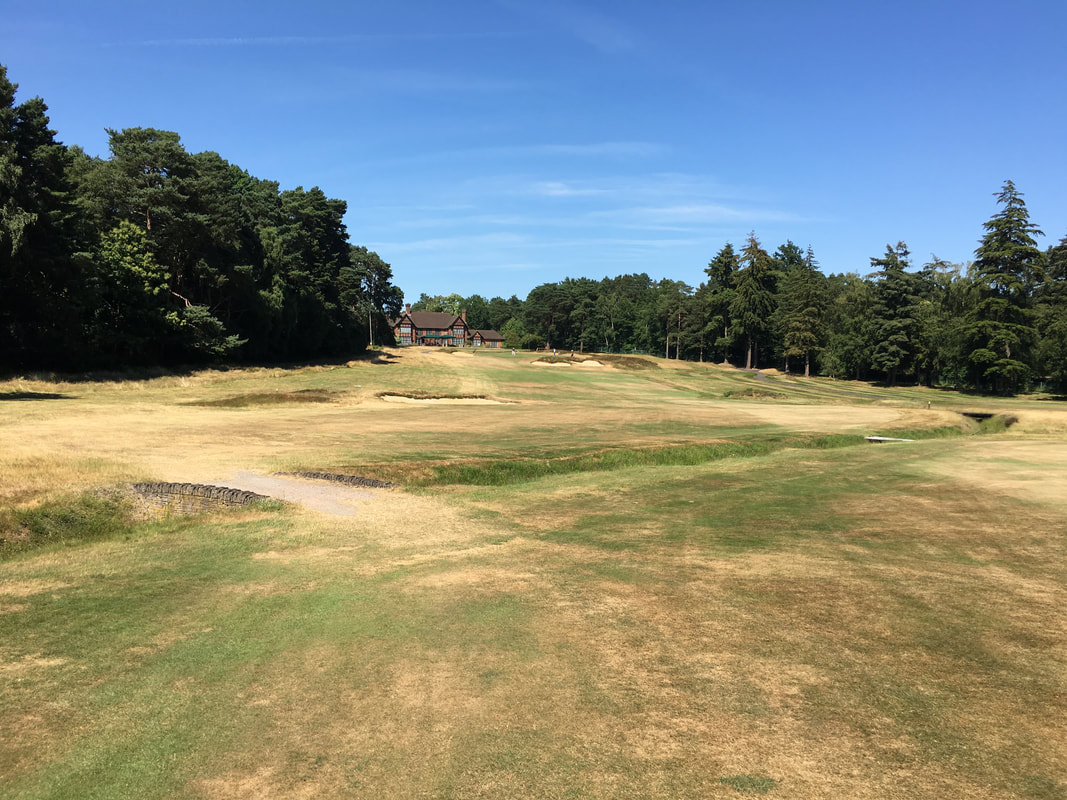
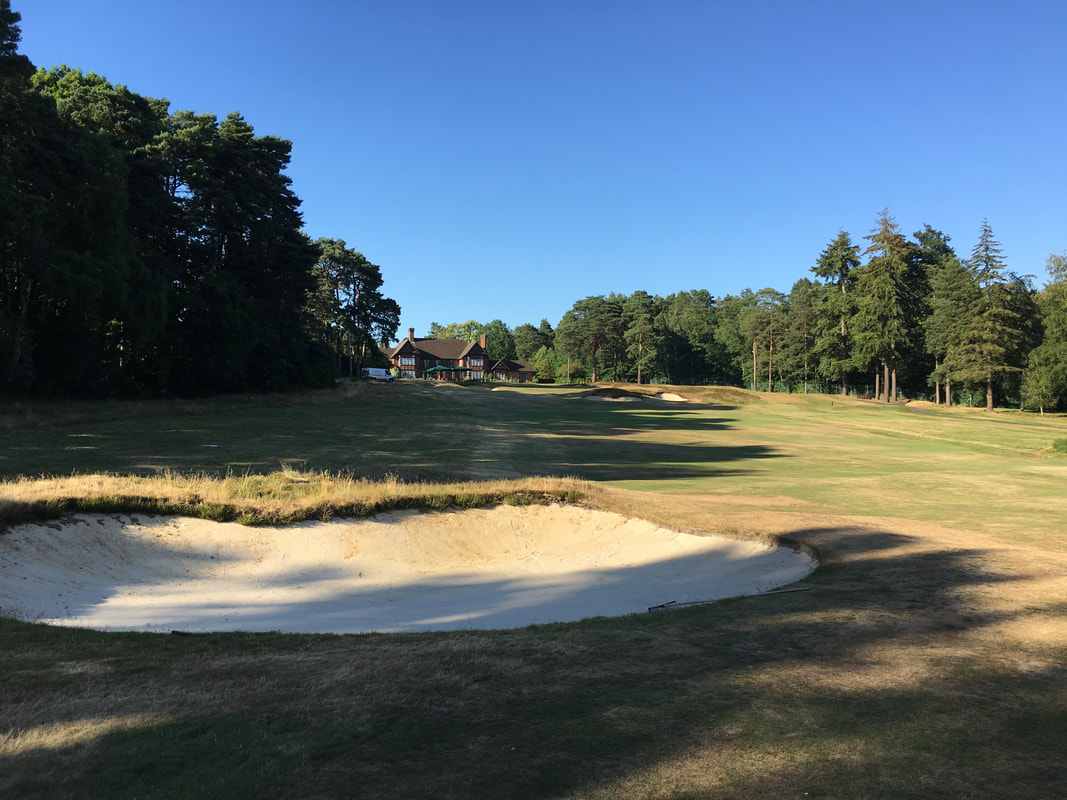
 RSS Feed
RSS Feed